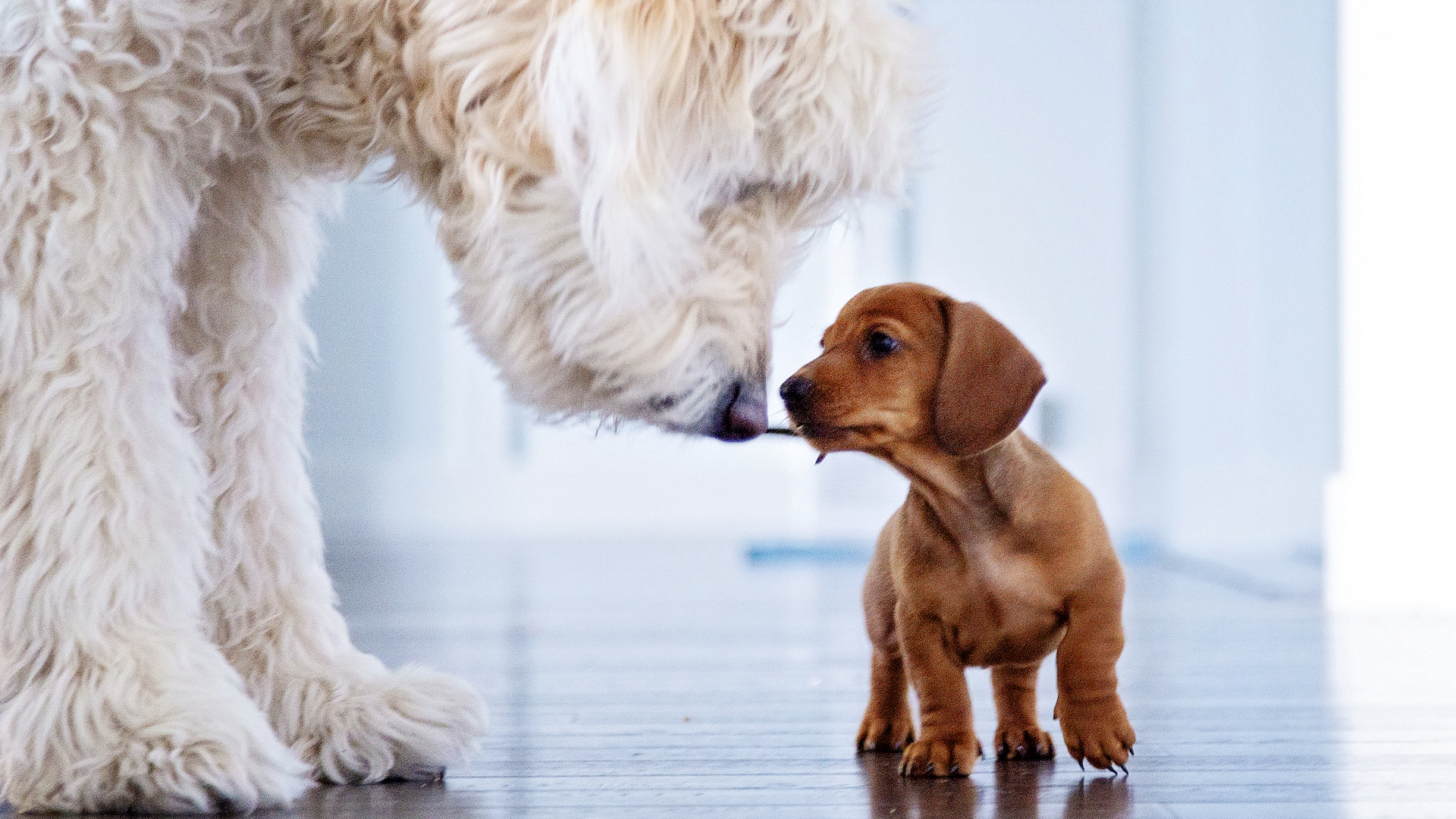
When you are bewitched by the unfathomable cuteness of a puppy, remember that they grow up fast. As much as you may fall in love with the puppy-dog eyes and floppy ears you need to be even more excited about the adult dog it will become – because that phase lasts a whole lot longer. And adorable though a puppy surely is, there are so many advantages that come with maturity.
Puppies are like furry tornadoes of energy, leaving a trail of chewed slippers and endless enthusiasm in their wake even with the house stocked with the best puppy toys. Their insatiable curiosity propels them into turning everyday household items into the finest of playthings – and wrecking them in the process.
Now, contrast that with the seasoned charm of a full-fledged dog. Dogs have graduated from the whirlwind of puppyhood and earned their stripes as sophisticated companions. Gone is the constant need for supervision, to be replaced by a more refined demeanor. No longer do they tear up your cushions, preferring to snuggle beside you on the couch.
Dogs have mastered the art of being your most loyal friend, combining endearing tail wags and eagerness for outings with a gentle empathy for those moments when you just need to sit peacefully and stroke.
The apprenticeship of puppyhood is great fun – if chaotic – but if well navigated will mature into a deep and rewarding relationship with a wise, confident, and faithful companion.
32 differences between a puppy and a dog
1. Age
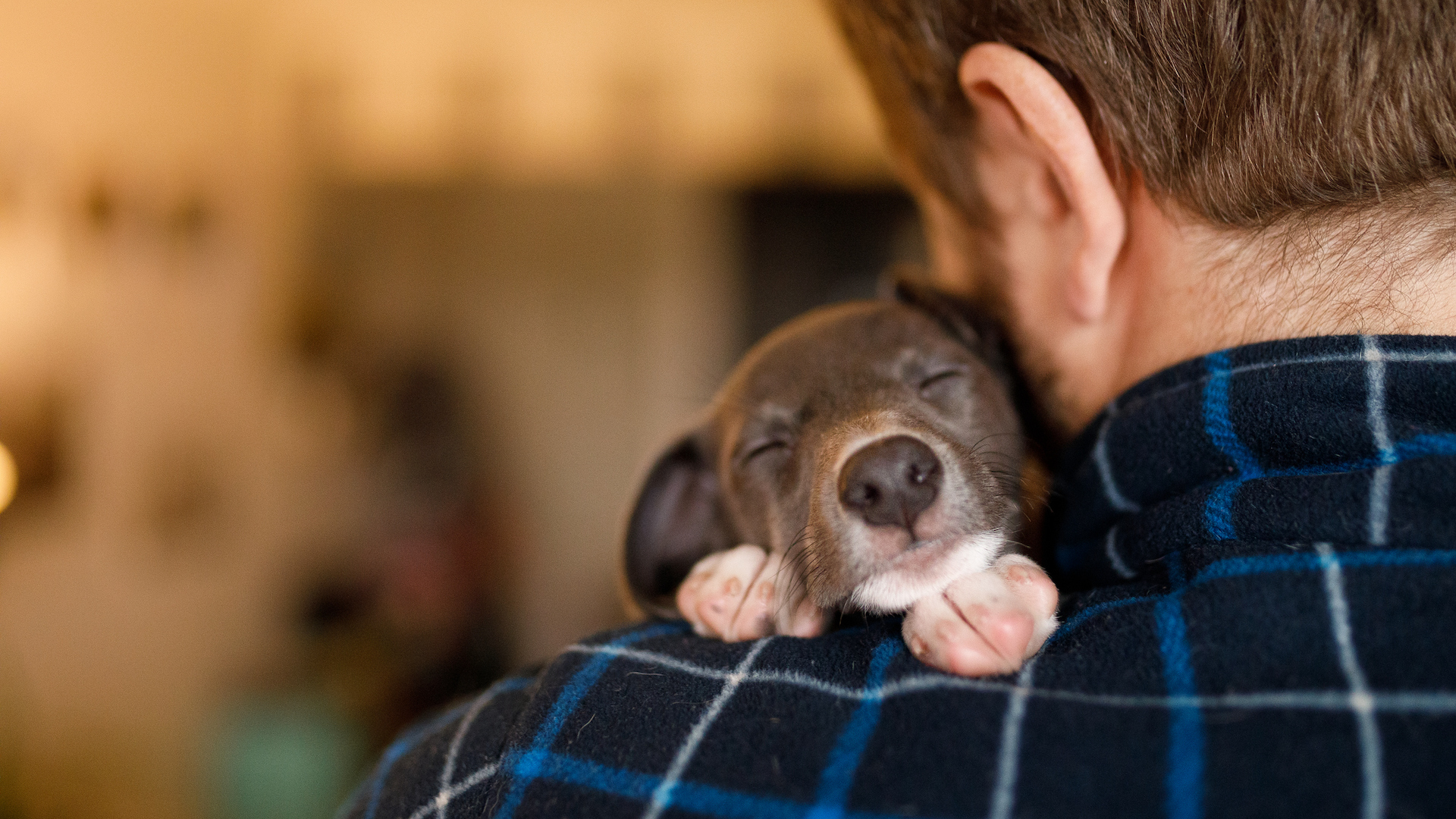
Age may seem like an obvious marker between puppyhood and a fully grown dog. However, many owners go on referring to their puppy as a dog even when it’s well into maturity as a term of endearment – like “babe”.
In truth, the age at which a dog stops being a puppy is a grey area. Adolescence marks the start of a puppy becoming an adult, but depending on the breed – and the individual – this may start at any time from six months and end at 18–24 months. Smaller breeds typically mature faster.
2. Size
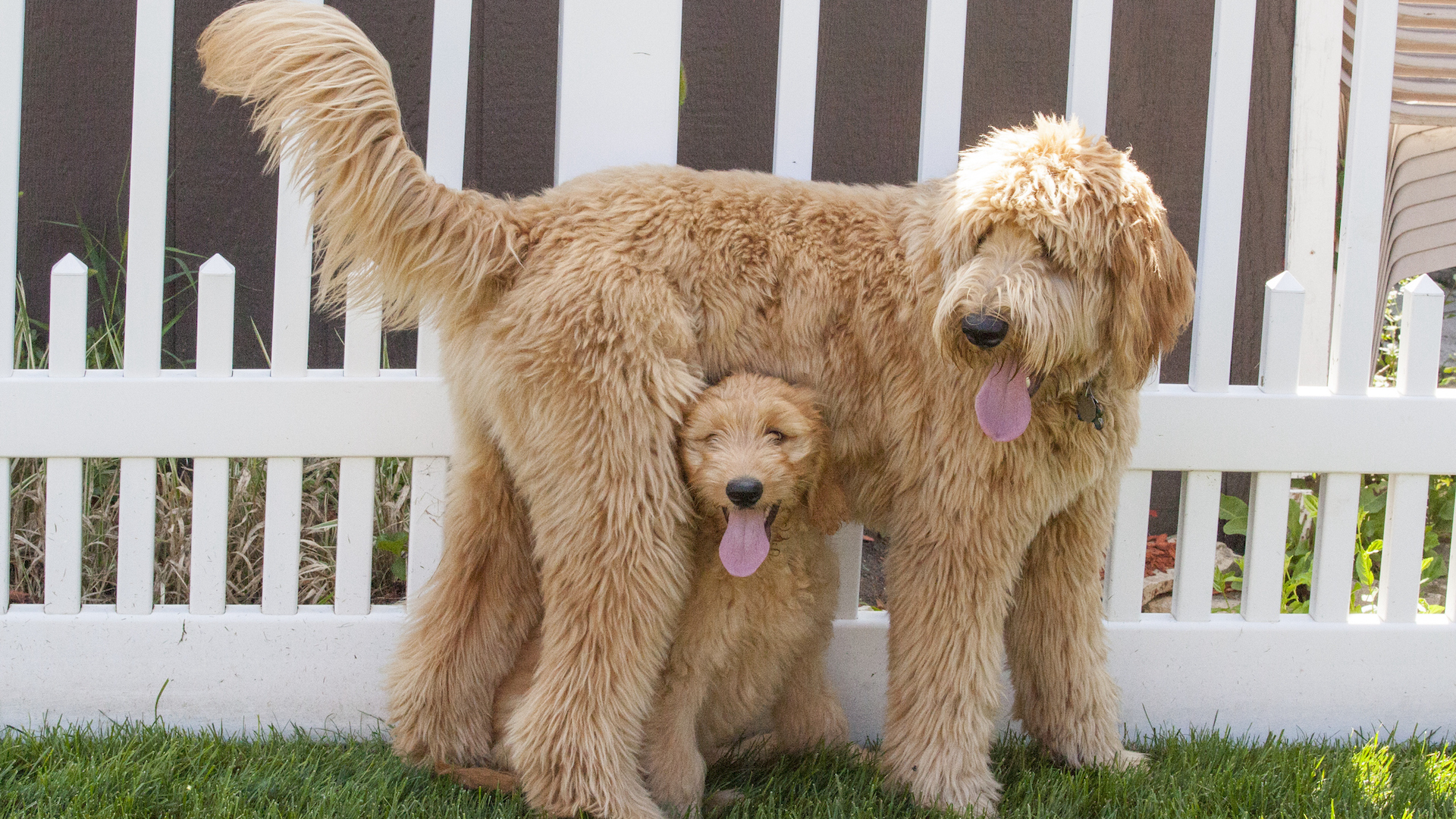
Like kids, puppies grow! Their fastest growth rate occurs during the first six months, and they typically reach around 60% of their adult height by the time they are four months old. But different breeds grow at different rates. Toy dogs mature earliest, around six to eight months, while large breeds will be well over a year by the time they reach their adult height and not fully mature until they are approaching two.
Many people swear by paw size – if a puppy’s paws look too big for them, they still have more growth spurts to come.
3. Developmental stages
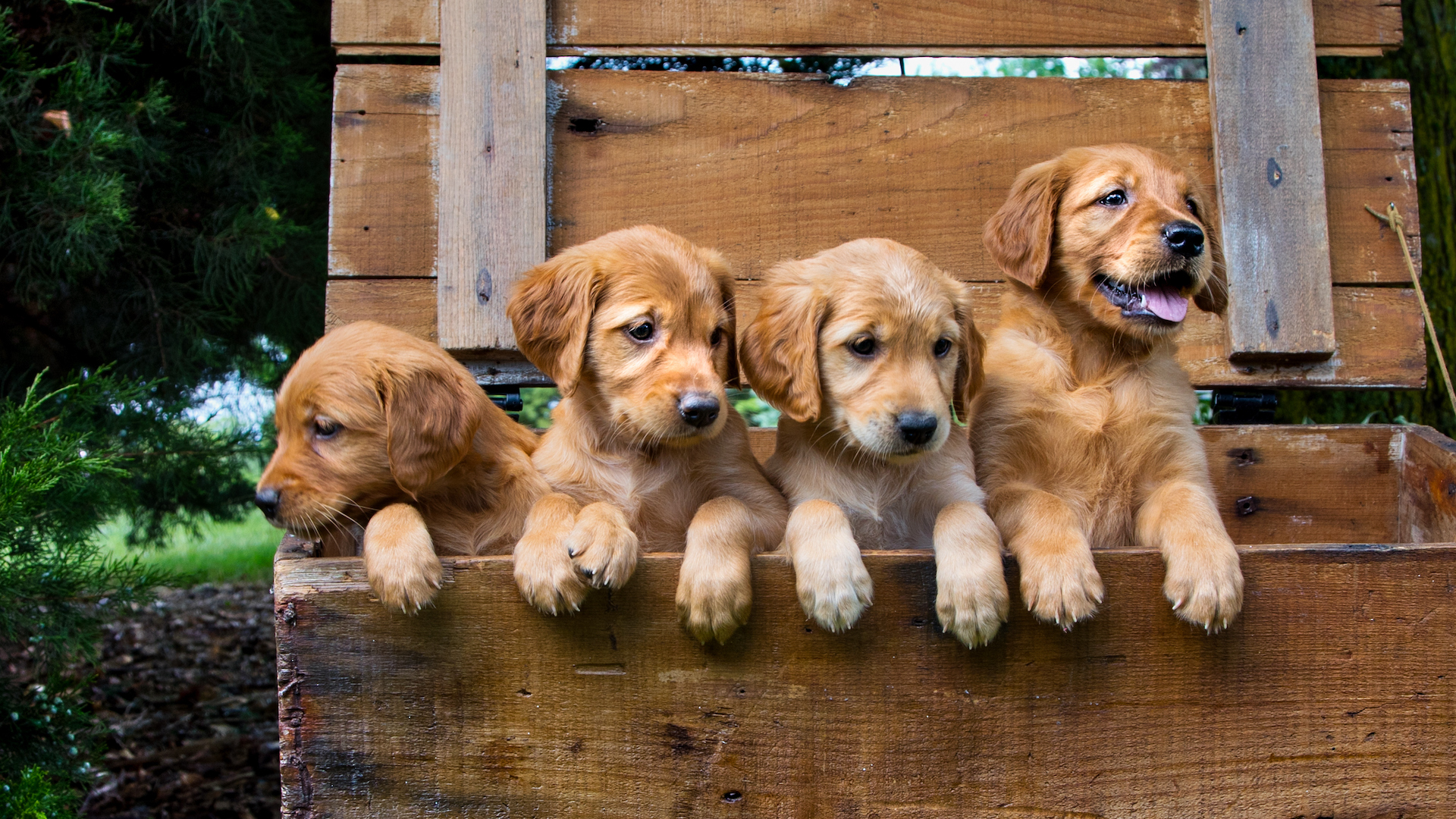
While an adult dog can continue to develop, especially in terms of training and behavior, over time and through consistent work, puppies have several obvious developmental stages. They will go through neo-natal, transitional, and begin socialization periods before leaving their litter. After that, they’ll start to go through a testing period, when they suss out their boundaries, then adolescence. Each stage has its own characteristics and challenges!
4. Energy levels
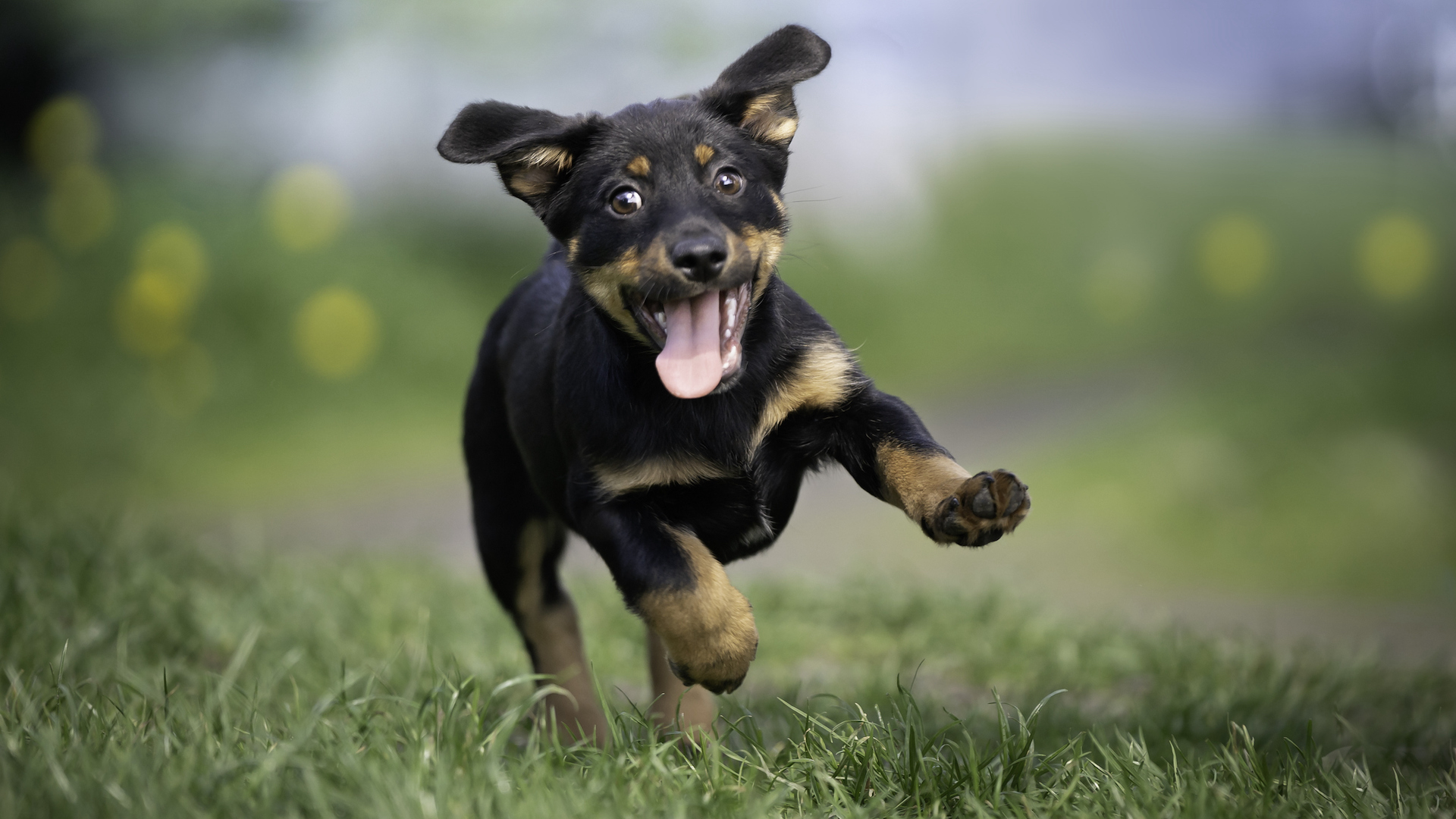
While older dogs tend to settle into a predictable energy pattern, with their energy levels depending largely on their breed, especially if your pooch is one of the high energy dog breeds, puppies are all about playful energy.
Whether it’s nipping, play-fighting, sudden bursts of activity, or general boundary testing, puppies tend to go all-out dynamo and then fall asleep like a baby.
5. Training
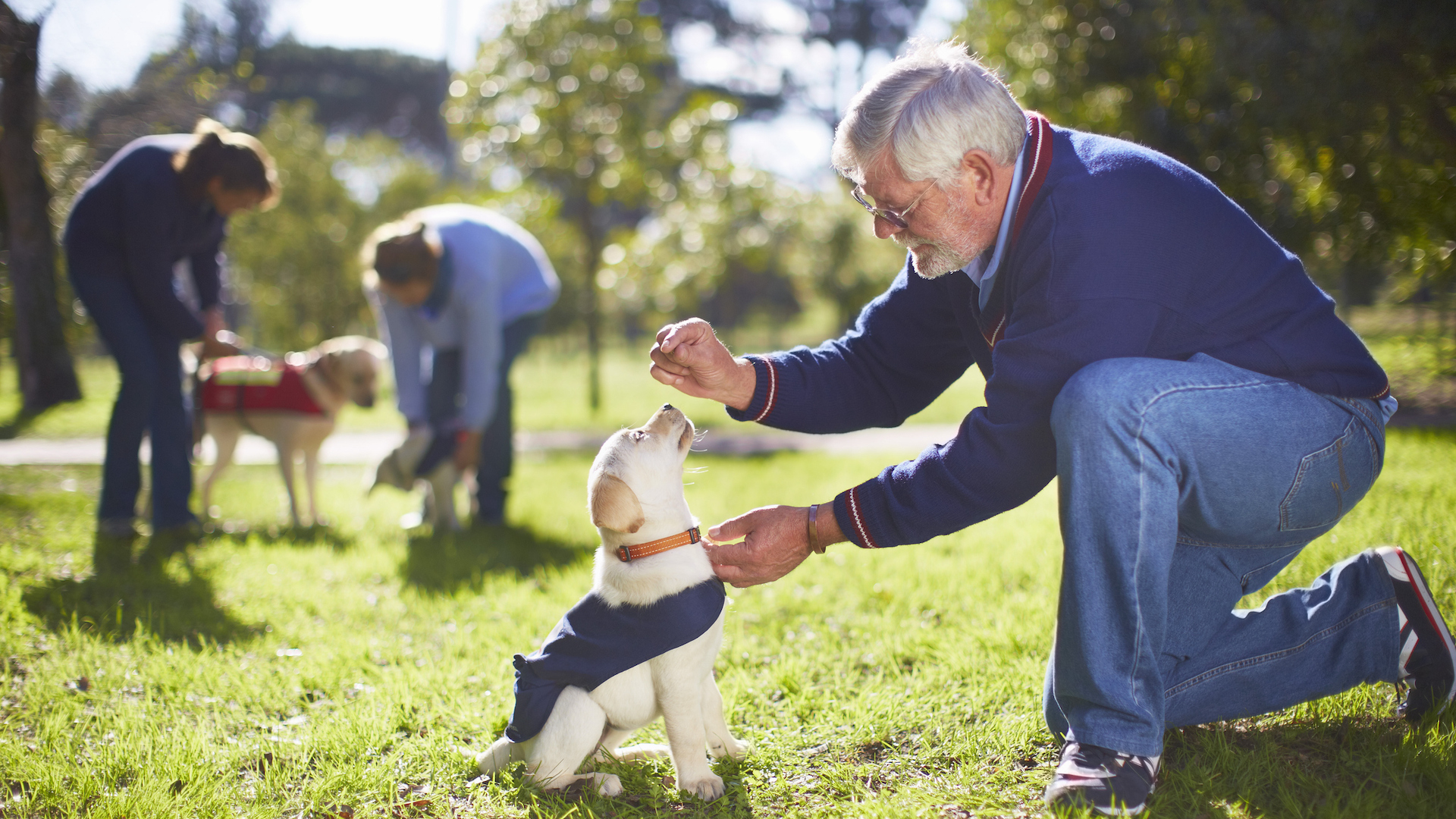
Puppy training is very different from training an adult dog, although consistency is always key. A puppy needs to learn very basic skills such as potty training, crate-training, not chewing precious items, not whining when you leave the house for short periods, and socialization. Every day is a training day with a pup, though doing too much at once can be counter-productive.
An adult dog will hopefully have these basic skills mastered and will be learning more refined commands, building on the groundwork achieved in the puppy stage. There are many quick and easy tricks to teach your dog that you can even start working on in the puppy stage.
6. Teething
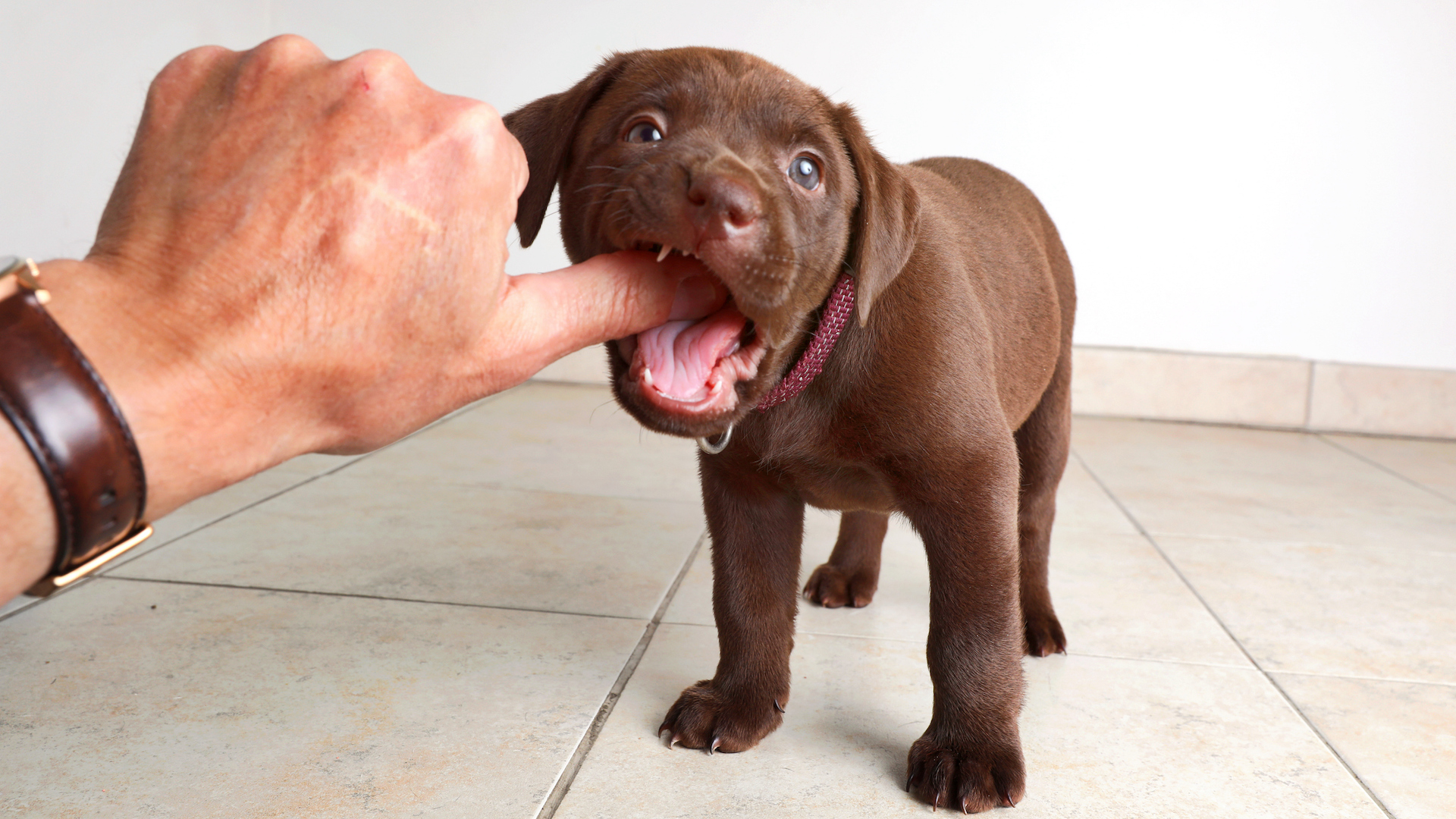
There is a puppy teething timeline. The first teeth erupt at around two to four weeks. By four to five months, a puppy’s 28 deciduous teeth will start to fall out, to be replaced by permanent teeth. Typically a puppy will have his full set of 42 adult teeth by the age of six months.
Puppies are likely to go through a stage when they feel the need to chew anything and everything to soothe their gums, so having some of the best teething toys for puppies is a must.
7. Socialization
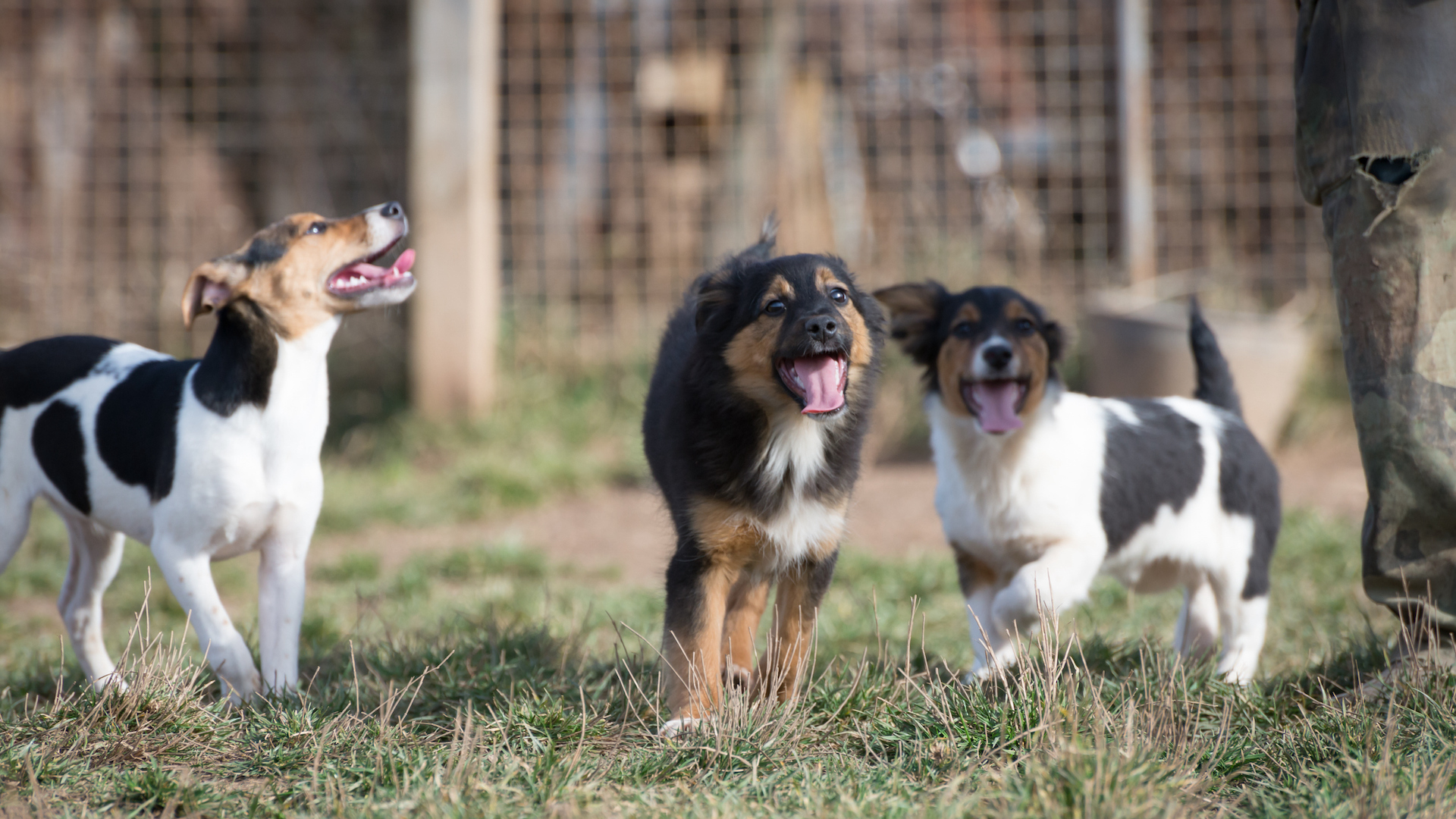
It’s never too late to socialize an adult dog if these skills have been missed in puppyhood, but it is best to start early if possible. It’s so important for a puppy to have a socialization period in their first few months (ideally between four to 12 weeks) with plenty of positive new experiences to help them know how to react to whatever life throws at them. This is a period when they will easily adapt to new environments, people, and other pets.
Socializing an adult dog is inevitably more challenging because you aren’t starting with a puppy with no troublesome background or past negative experience to influence him.
8. Diet
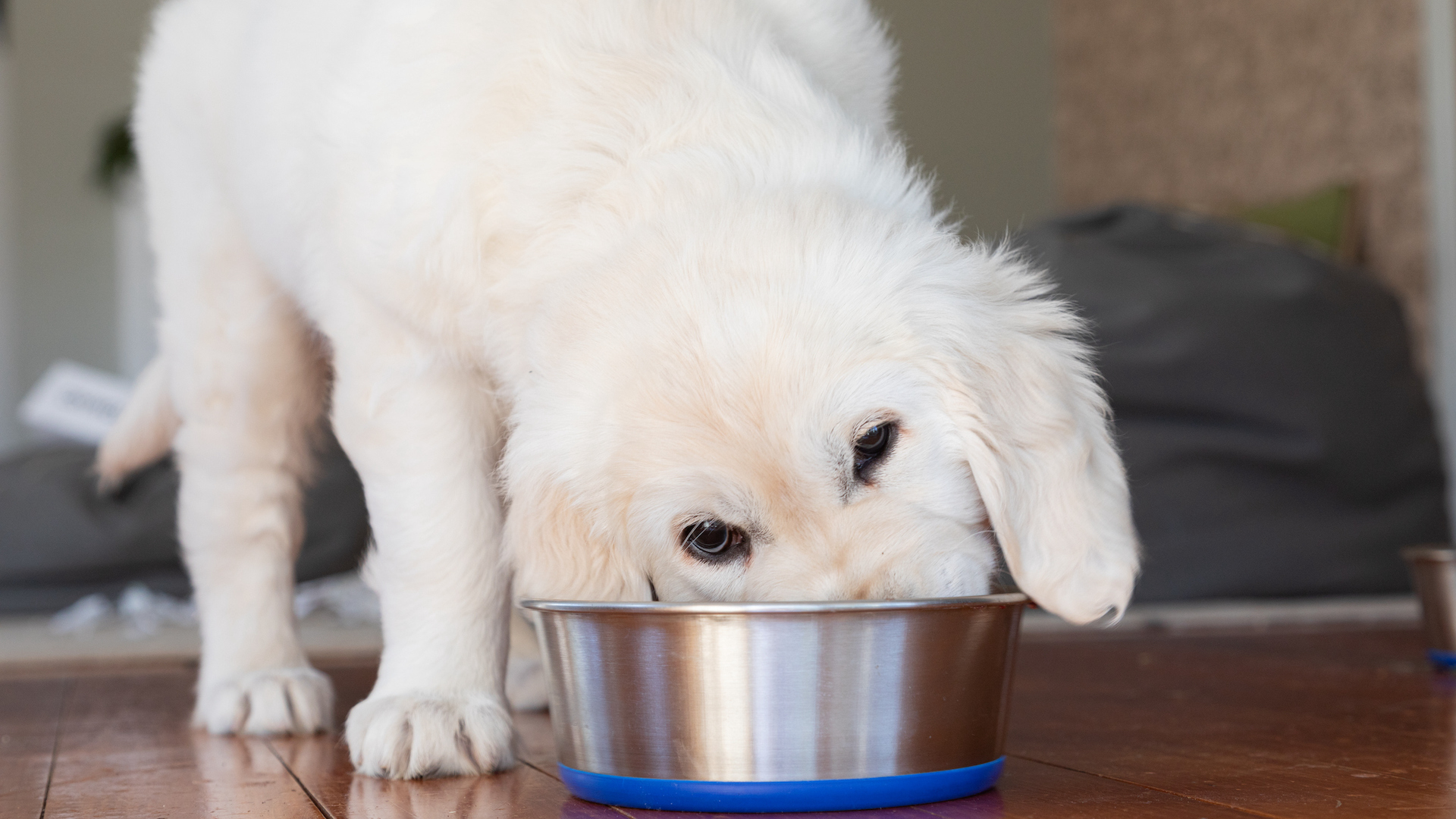
While puppies are still growing, they should be fed the best puppy food you can get your hands on. This varies according to breed because they have different nutritional requirements. Crucially, large breeds should not be allowed to grow too fast, as this can lead to skeletal problems.
Puppies need more nutrients and calories, including a higher level of protein and fat, calcium and phosphorus (dependent on breed) as well as DHA, an omega fatty acid present in their mother’s milk which helps brain development.
Once the pup grows up, he doesn’t need as many calories – puppies have astonishing energy levels on top of their rapid growth.
9. Vaccinations
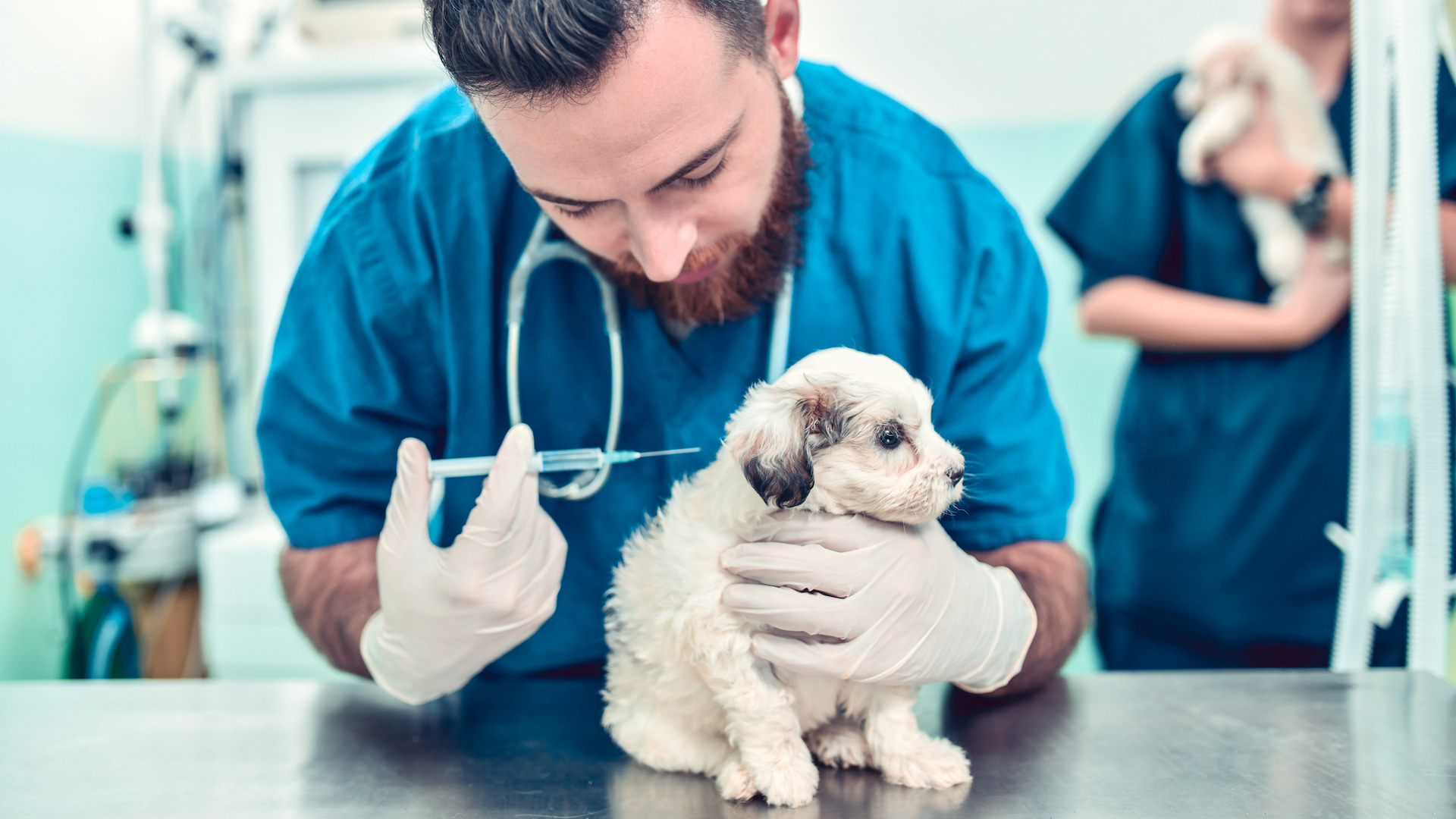
Puppies should undergo a series of vaccinations to build immunity and protect them from serious diseases. The exact list of puppy shots depends on their location and the endemic diseases.
Once they are adult, they will instead have annual boosters or sometimes three-yearly, in the case of rabies, for example. We recommend taking out the best pet insurance to help offset these costs.
10. Bladder control
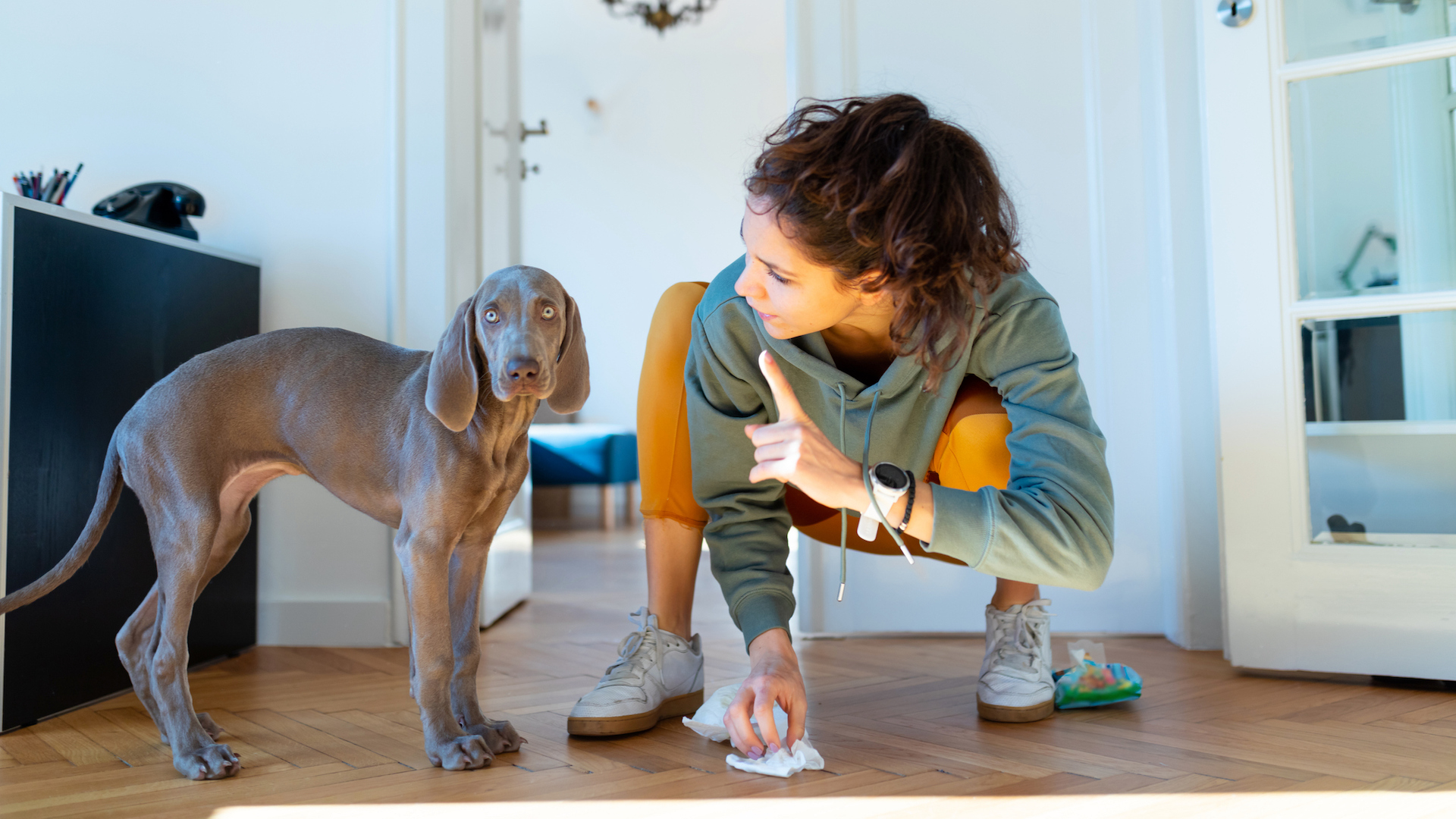
If you have a new puppy you may be wondering how to potty train a puppy. It does take some work. Puppies need frequent bathroom breaks. When you are starting potty training with an eight-week-old pup, you’ll need to start by taking them outside every two hours. Vets recommend that a puppy can last no more than one hour for every month of age, as a rule of thumb.
Once they grow up, they can easily go through the night, although each dog will vary in their bladder control.
11. Sleep patterns
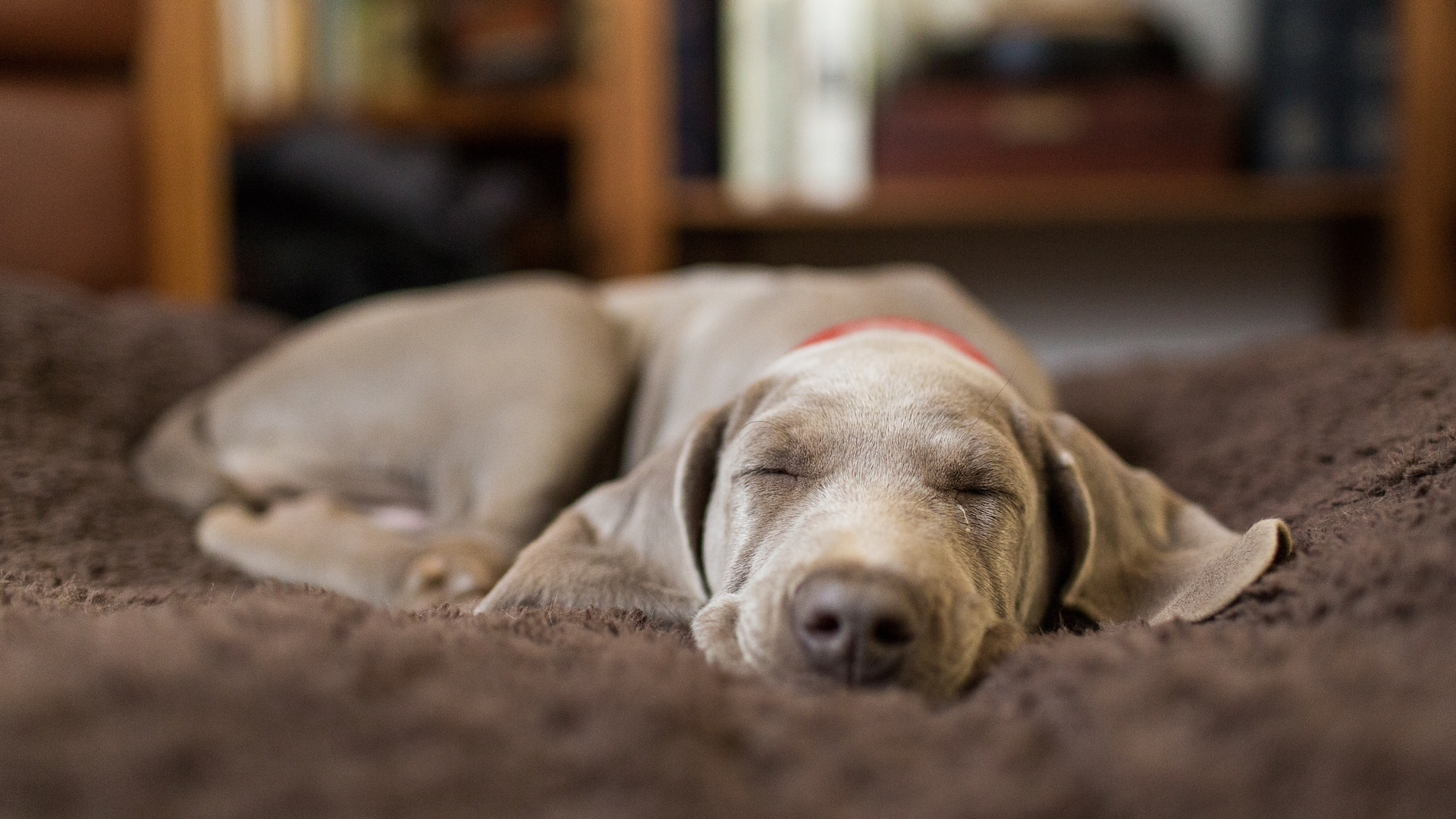
Despite the energy of a young puppy which seems to last all day long, they actually need more sleep than an adult dog. However their sleep patterns are polyphasic, meaning they have short periods of feeding, activity, and sleep throughout the day. Older dogs, on the other hand, tend to sleep for 10–12 hours, following more of a human cycle with a couple of daytime naps, but they sleep more in one go than a pup.
Most puppies don’t start sleeping through the night until they are about four months old, but don't worry if you're in the trenches with new a pup and are wondering how to get a puppy to sleep through the night, there are many tricks you can try, like the best puppy sleep aids.
12. Playfulness
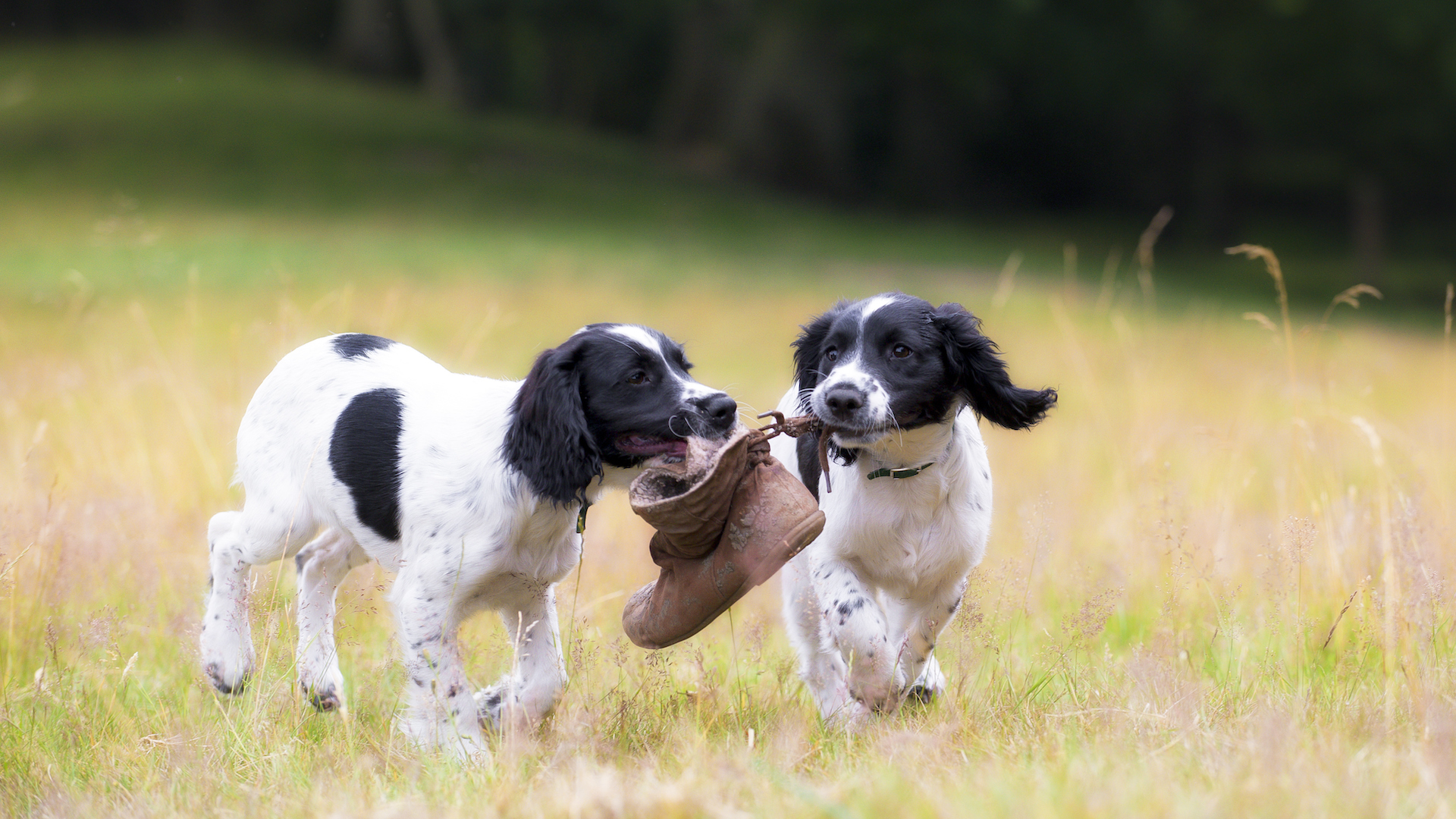
As puppies mature into adults, they tend to become calmer and more focused, whereas puppies are wonderfully – sometimes exasperatingly – playful and full of energy. Older puppies can be like boisterous teenagers, and – just like humans – they vary on when they become mentally mature. Some dogs stay playful for their whole lives.
13. Independence
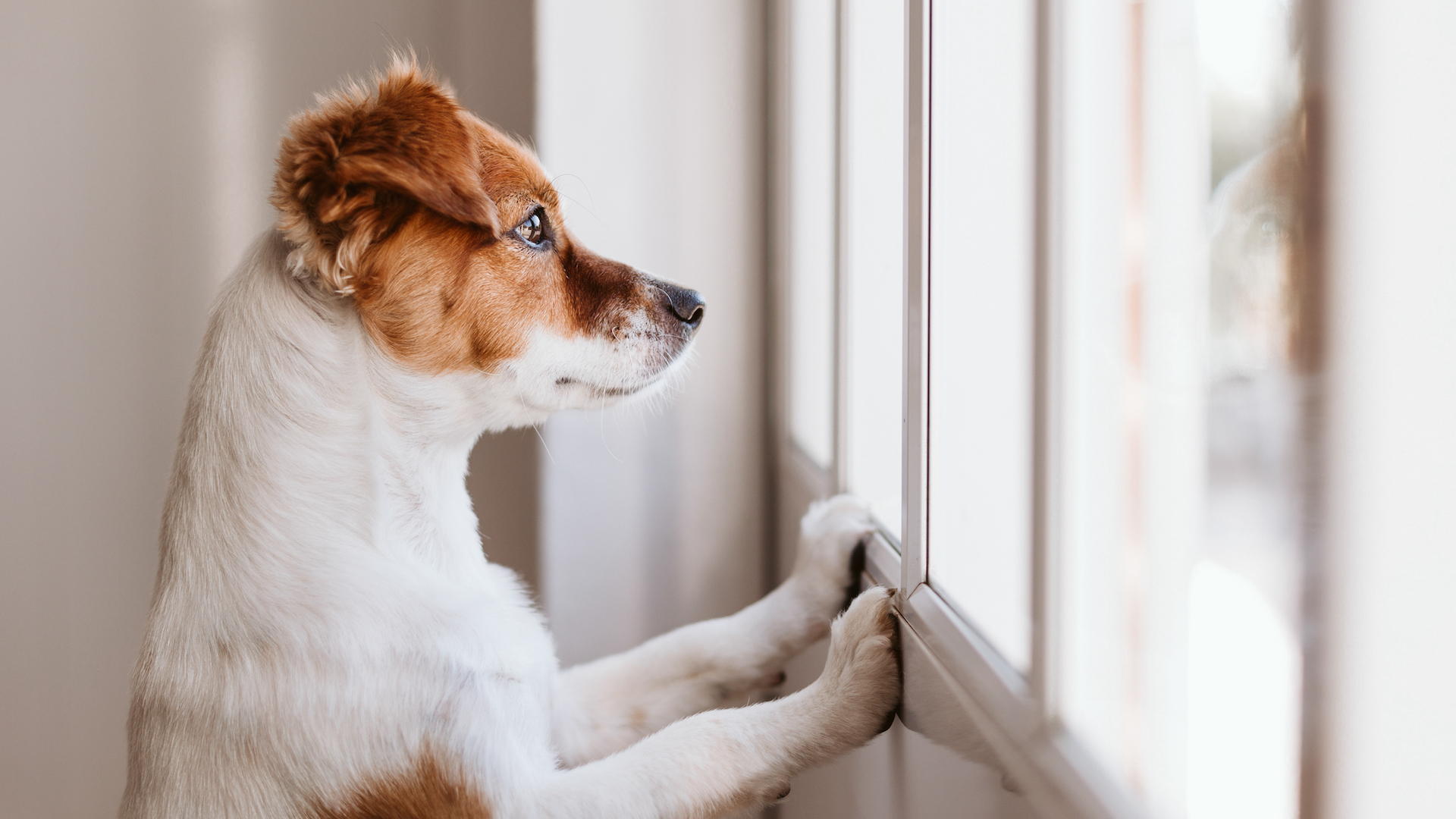
While puppies start to be weaned at around three weeks old, it takes a long time for them to become fully independent. They may be needy when they first leave their birth home and cry at night, but there are ways to stop your puppy crying in their crate and help them settle.
Once they have left their litter, they will start independence training, but shouldn’t be left alone for long. If you train them well at this stage to become confident and secure with being left alone, then once they are over six months they will have strong foundations for being happy to be left alone for progressively longer periods without suffering separation anxiety. As well as their background, much depends on their character – some dogs hardly seem to care when their owner leaves the house; others become destructive and insecure.
It is worth checking to see if you have one of the dog breeds most likely to have separation anxiety.
14. Maturity
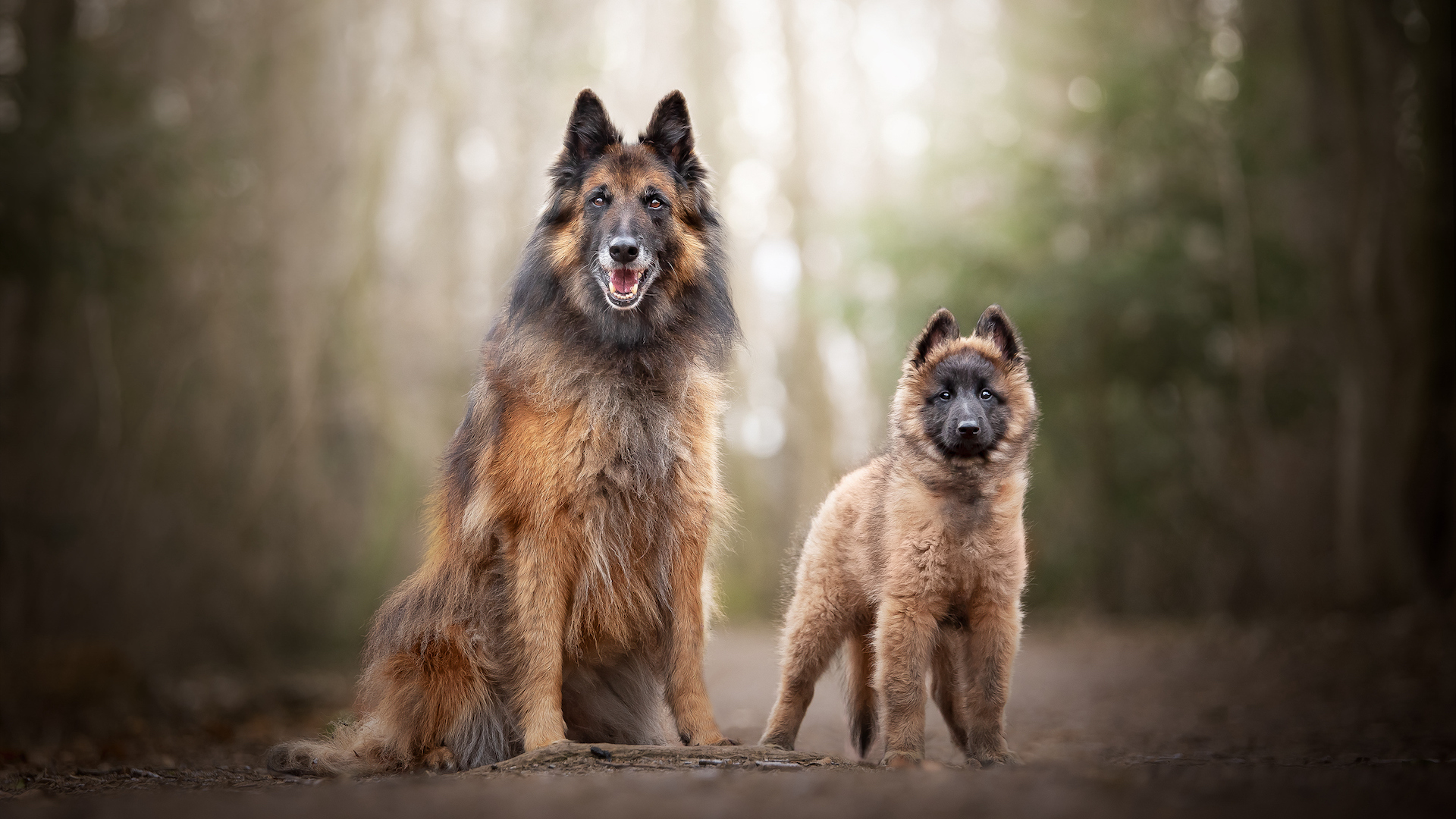
Puppy maturation is a very gradual process. It depends on many factors, such as breed, size, and socialization training. Physical and sexual maturity may not tally with mental maturity. They tend to be sexually mature before they are fully grown, and social maturity takes longer still. While toy and small breeds may be mature at around eight months, large breeds may take up to two years.
15. Exercise needs
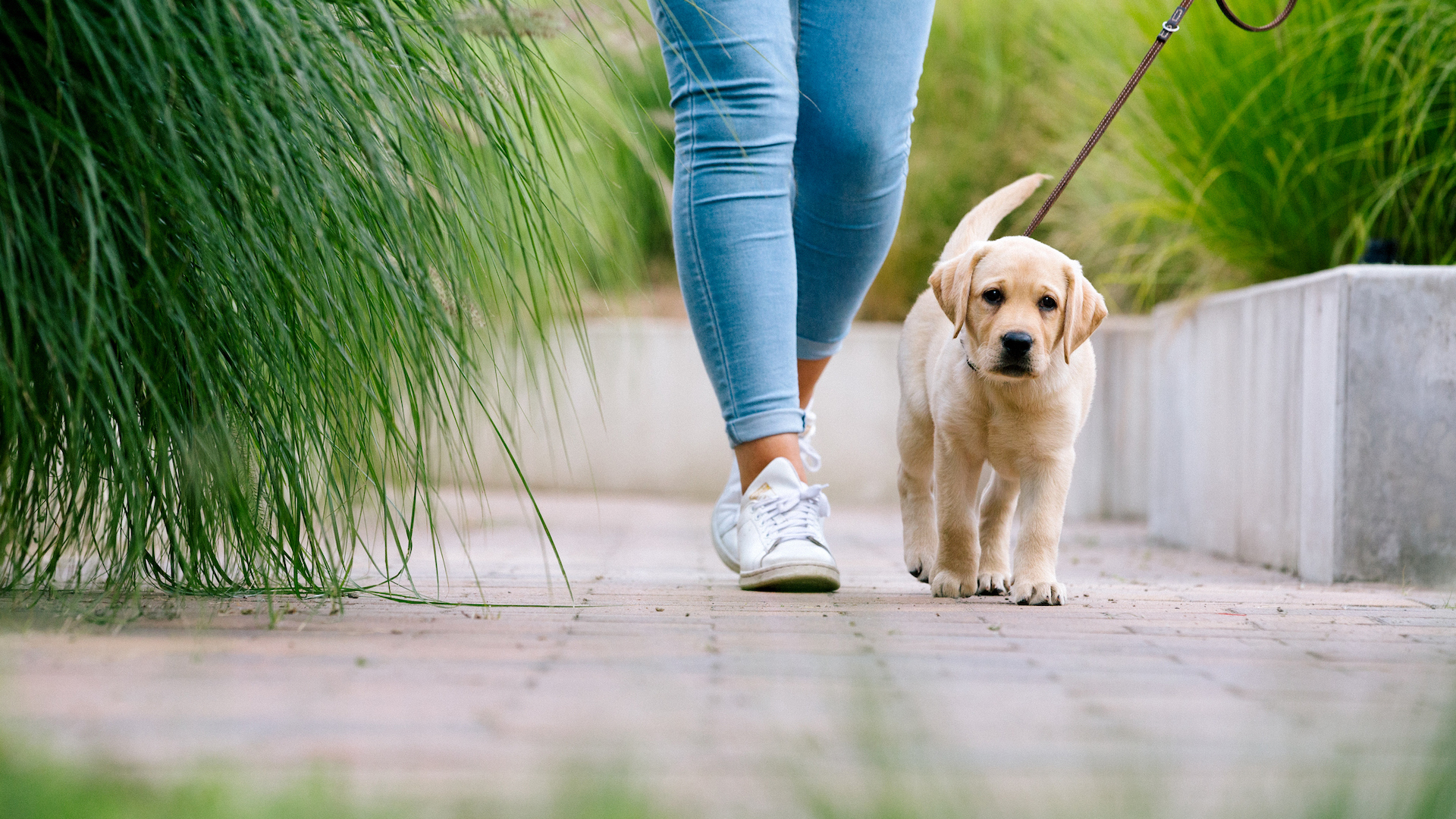
Little and often is key for pups. They need physical exercise and mental stimulation, but how much exercise a dog needs is dependent on their breed and age, they should not be over-exercised while their bones are still growing.
Puppies tend to have more exuberant energy than adult dogs, but short bursts will suffice, giving them the stimulation and socialization they need, without putting pressure on growing joints.
Older dogs will enjoy longer walks on some of the best dog walks in the US, maybe once or twice a day, again according to their breed, character, and health.
16. Grooming requirements
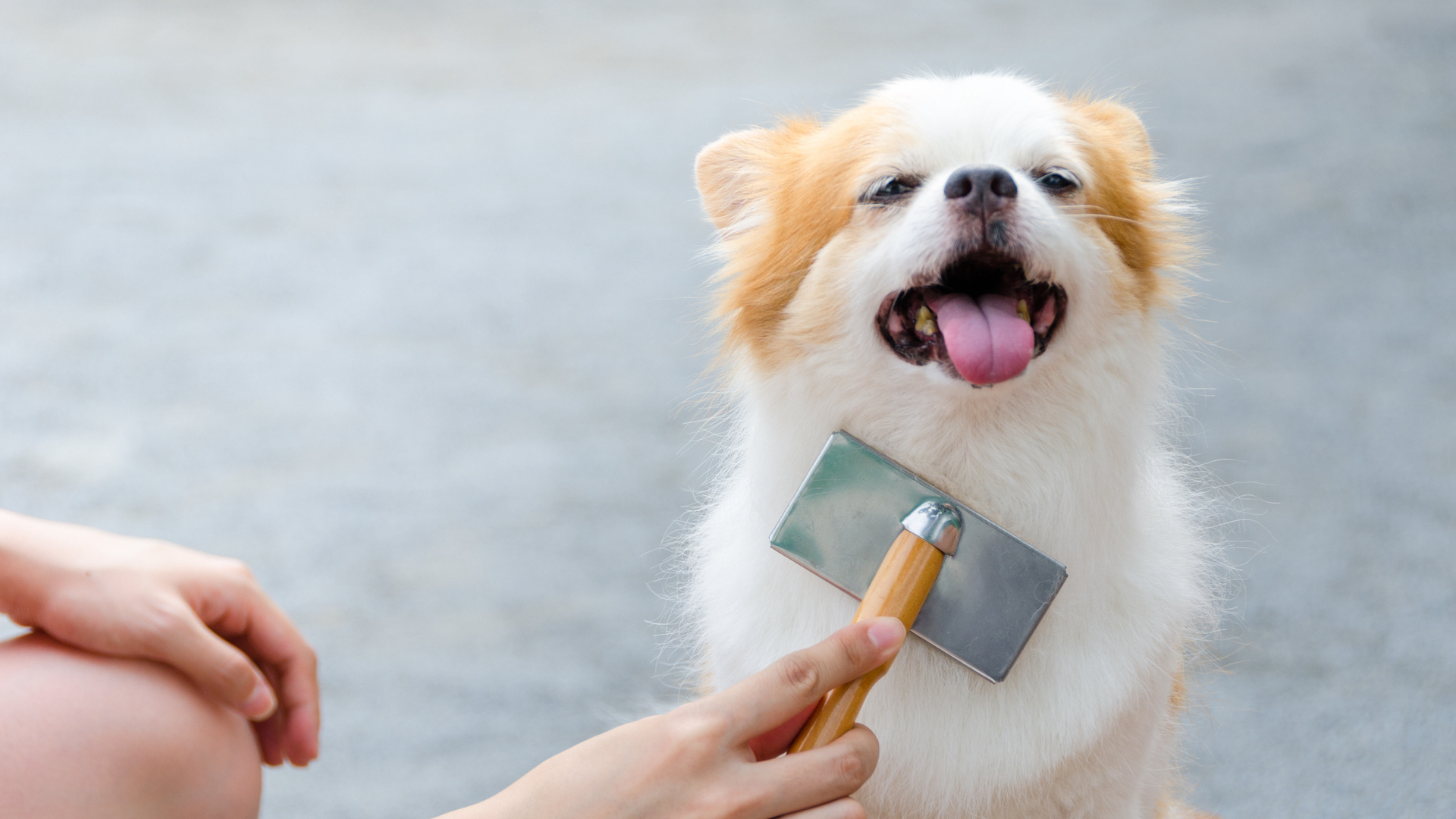
Puppies are born with a single coat of fluffy fur, which they shed at around four to six months, and grow an adult coat, though this is dependent on breed. The adult coat tends to be thicker and stiffer. The puppy coat naturally requires less grooming as it’s less prone to mats and tangles, however, now is the time to get them used to being handled and brushed with one of the best dog brushes.
Long-haired breeds can look quite scruffy when they grow their adult coat and in many breeds their coat texture and appearance changes significantly, which can be quite alarming. Dalmatians, for example, are born without spots.
17. Temperament changes
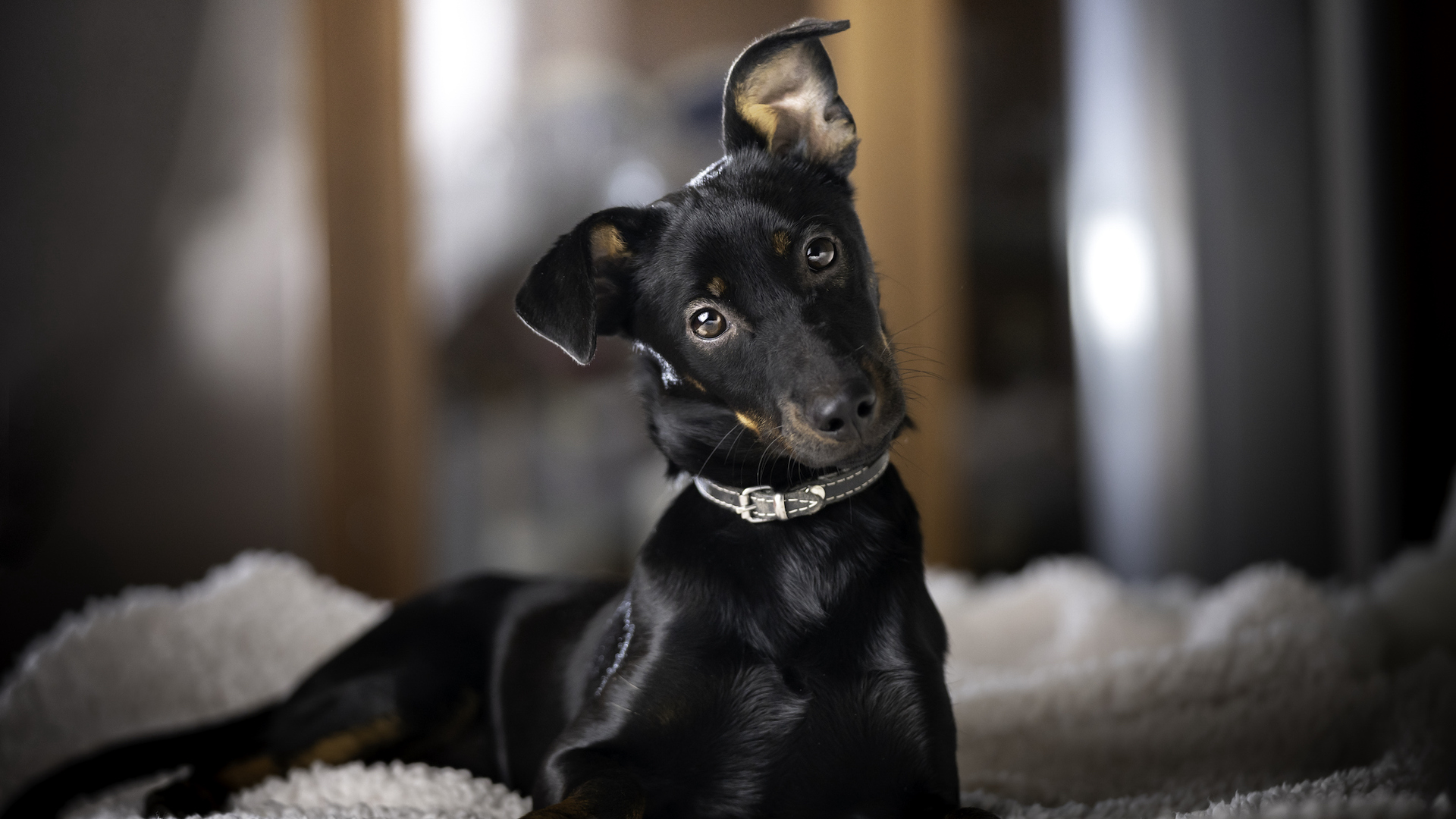
While a curious and bold puppy normally carries these traits into adulthood, all dogs naturally become less active and curious as they age, according to an Austrian study, the Vienna Dog Personality Test. Adult dogs tend to become more stable and predictable.
Life experiences may also influence their temperament, for example, if they are attacked by another dog, or have a bad upbringing. This may make them fearful or aggressive.
18. Dental health
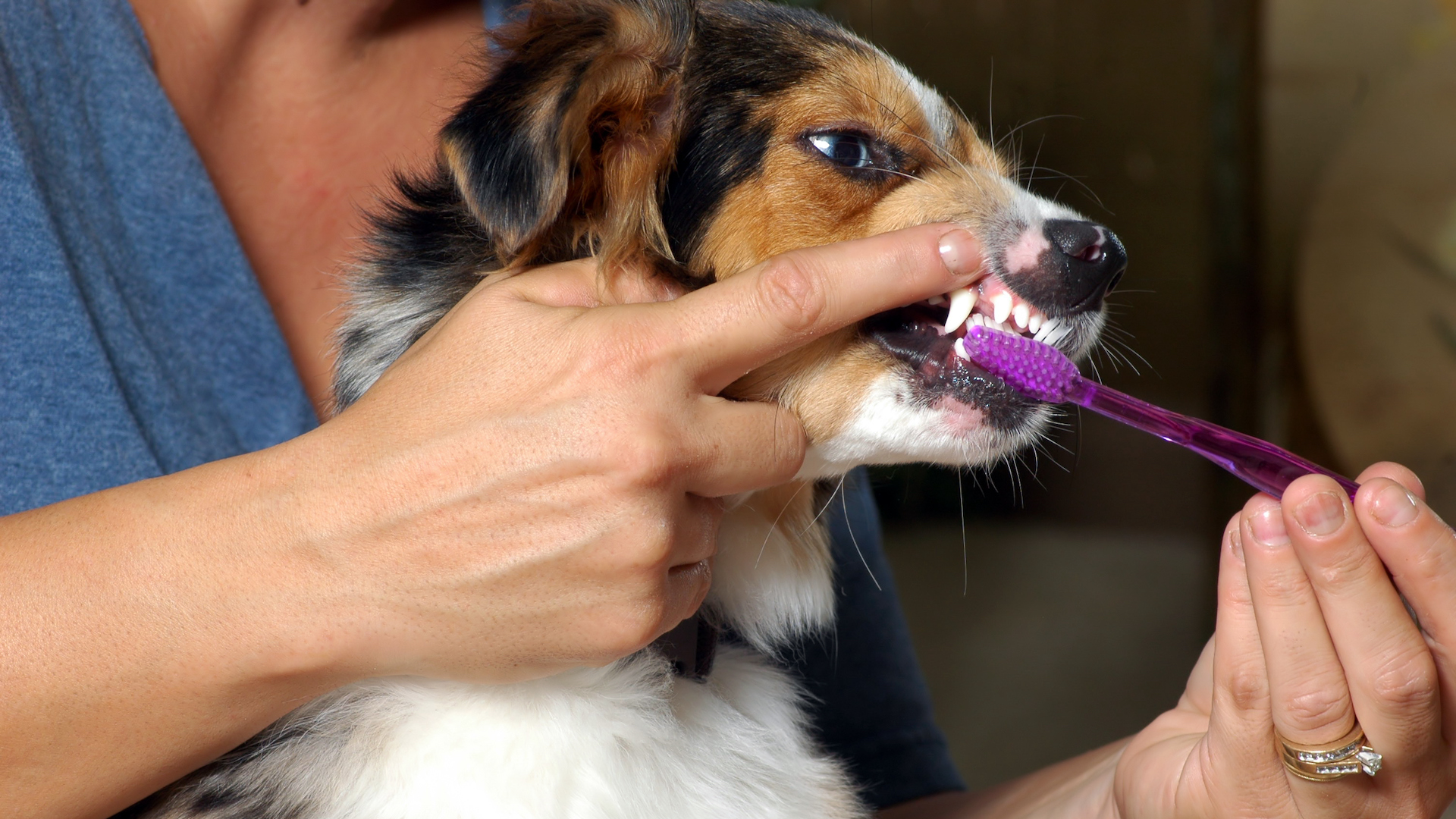
Puppies have different dental issues from dogs. Puppies go through two teething phases, first of all when their baby teeth erupt and then a few months later when they lose them and the adult teeth come through. They may benefit from a teething toy to help soothe their gums. Start brushing their teeth now, to familiarise them with the process and start good dental habits from the outset.
Adult dogs’ teeth are permanent, and need regular brushing with the best toothbrush for dogs, ideally daily. Learning how to brush a dog’s teeth is an essential skill for an owner.
19. Reproductive status
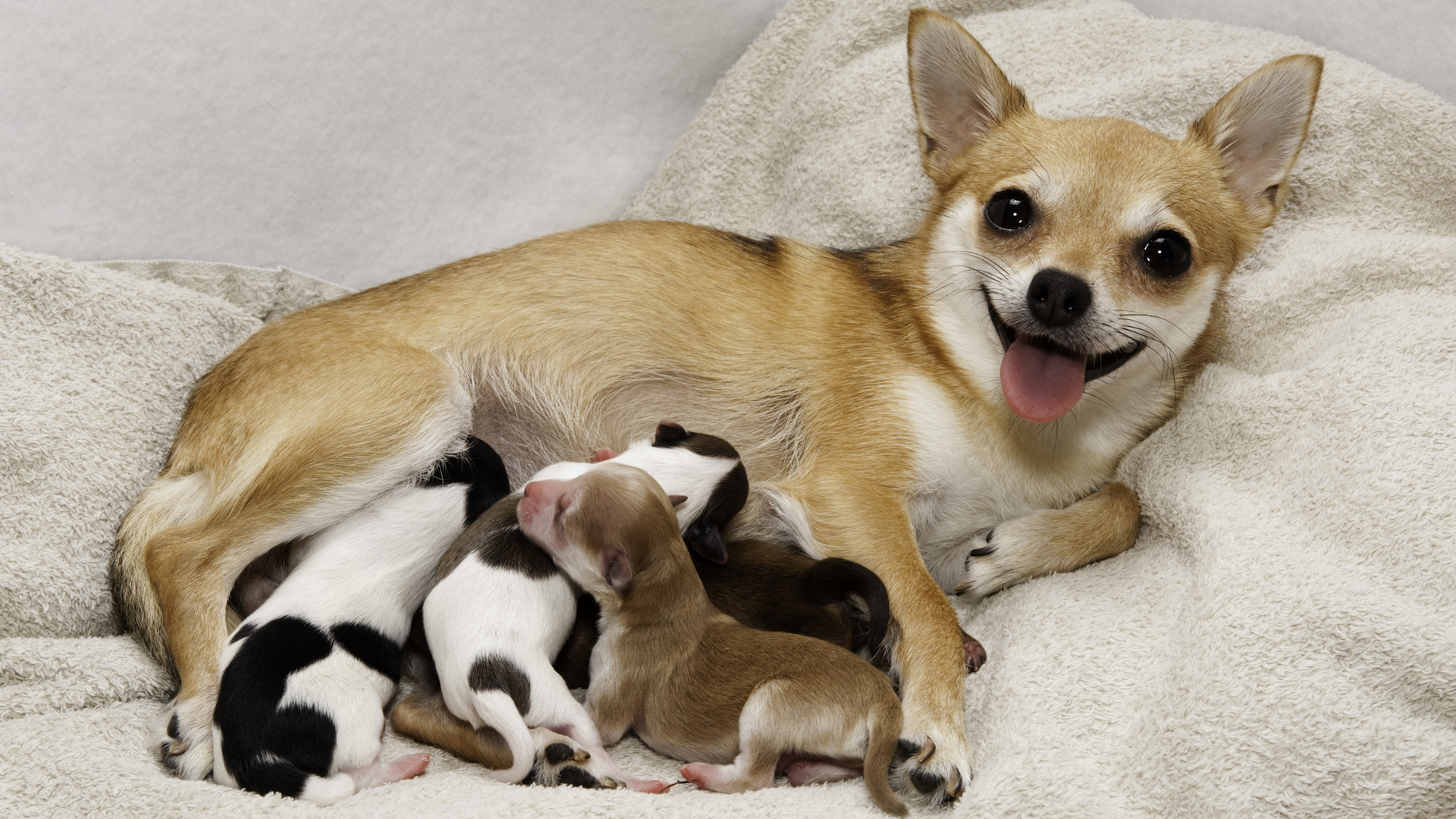
Young puppies are not able to reproduce. However, on average female dogs reach sexual maturity at around six months, when they have their first heat cycle. This varies from breed to breed, with the larger breeds typically being much older for their first cycle.
Male dogs can be capable of siring puppies when they are as young as five months, though their fertility will be stronger after a year old.
Consult your vet for advice on pet neutering
20. Behavioral changes
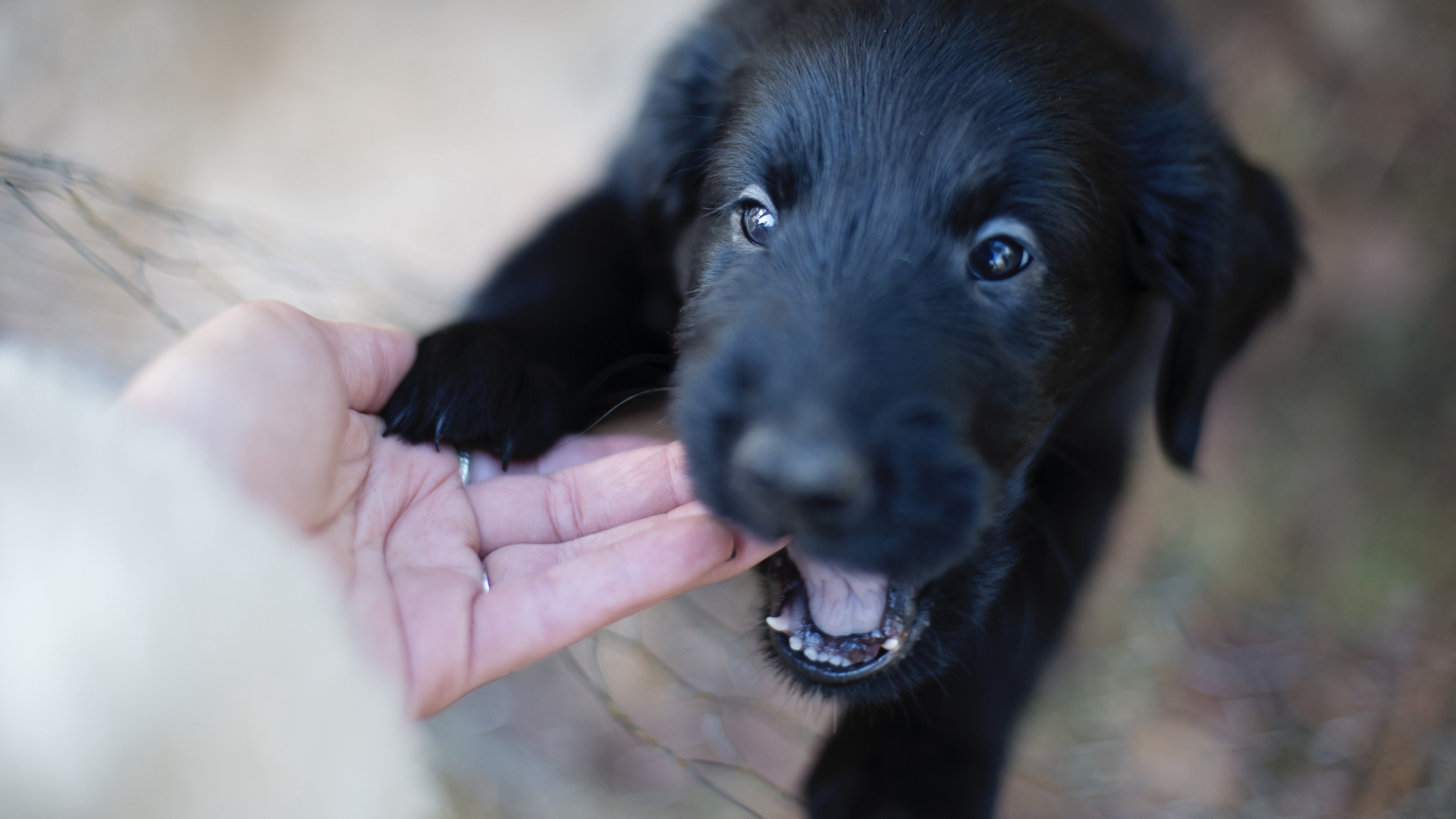
Puppies have certain behaviors that most owners are relieved to disappear when they become adults. For example, puppies tend to chew and destroy items they shouldn’t, often in an attempt to soothe their aching, teething gums. They also mouth – which with their sharp little teeth can feel much like biting – which they typically grow out of as they mature and with training.
Puppies are a blank canvas when it comes to behavior, so good training can ensure that you nip common dog behavior problems such as separation anxiety, jumping up, begging and leash pulling in the bud as the pup grows up.
On the other hand, once dogs reach sexual maturity they may develop some undesirable characteristics, such as marking and roaming.
21. Adaptability
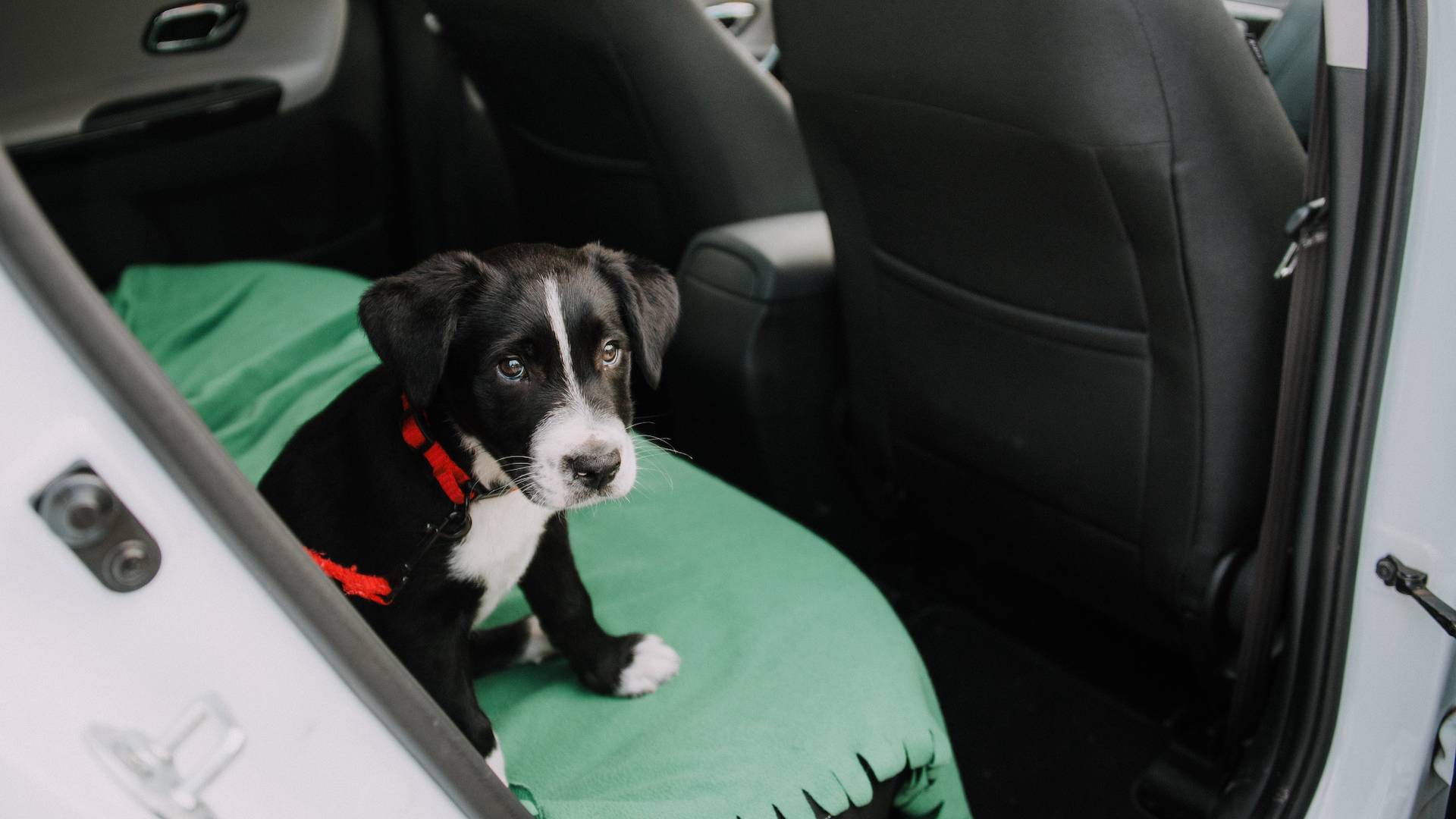
A well-socialized and trained puppy should develop into a dog that can adapt easily and confidently to new situations. Puppies that have just left their litter will not be used to different environments, new people, other animals, and so on, so they maybe apprehensive. Likewise, they will be unaccustomed to being left alone. By training the puppy positively and firmly, they will gradually grow into a dog that can cope with novelty and face the big wide world with confidence.
22. Attention span
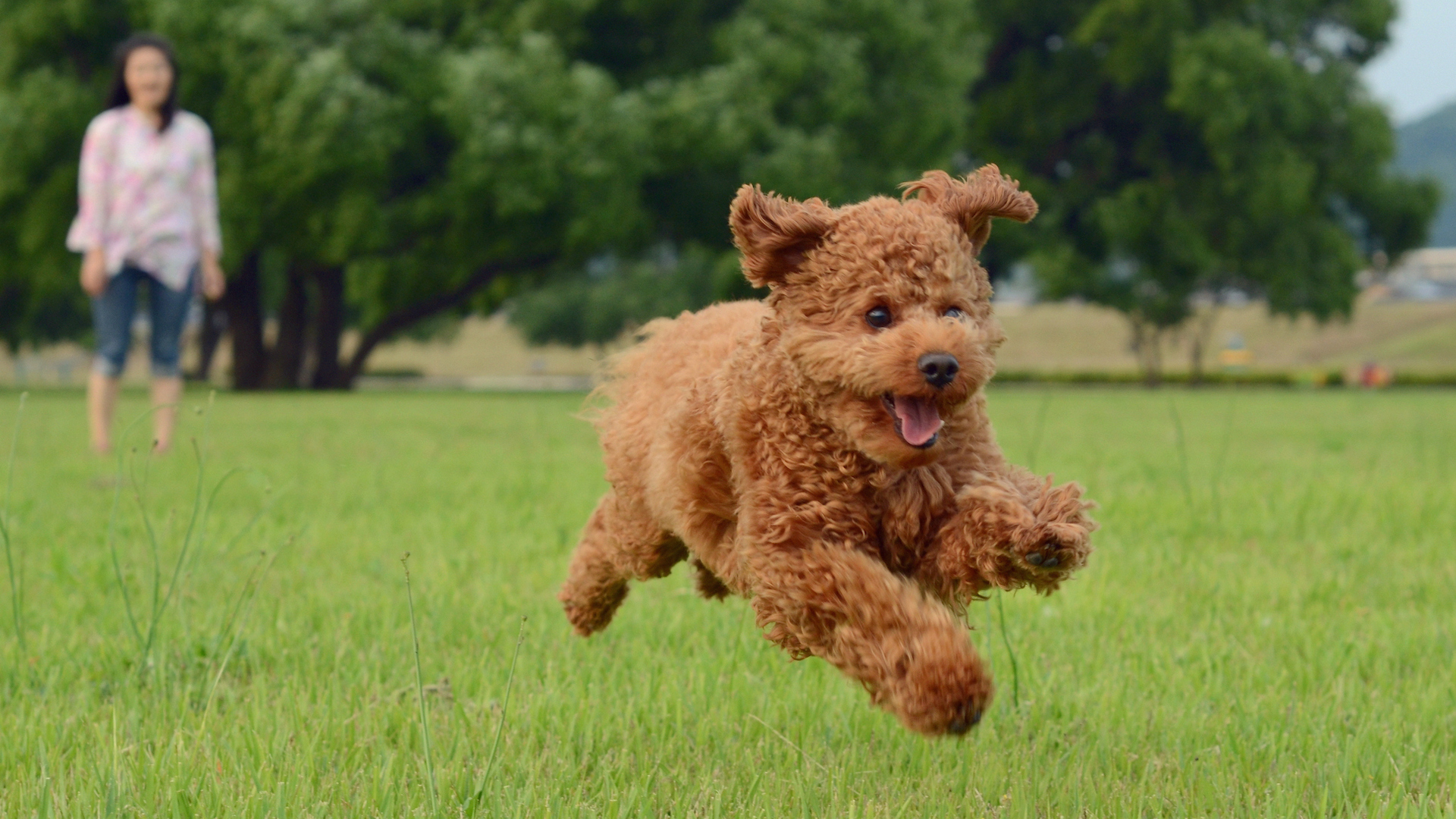
Puppies, like small children, have short attention spans. Very young puppies may only be able to focus for a few seconds to a minute. Training sessions should be short and sweet. As dogs mature and understand what they are being asked to do, they can concentrate for longer on the task at hand. The trick is to teach them to focus on you rather than other distractions, and over the days and weeks, you will gradually be able to increase their attention span.
23. Vocalization
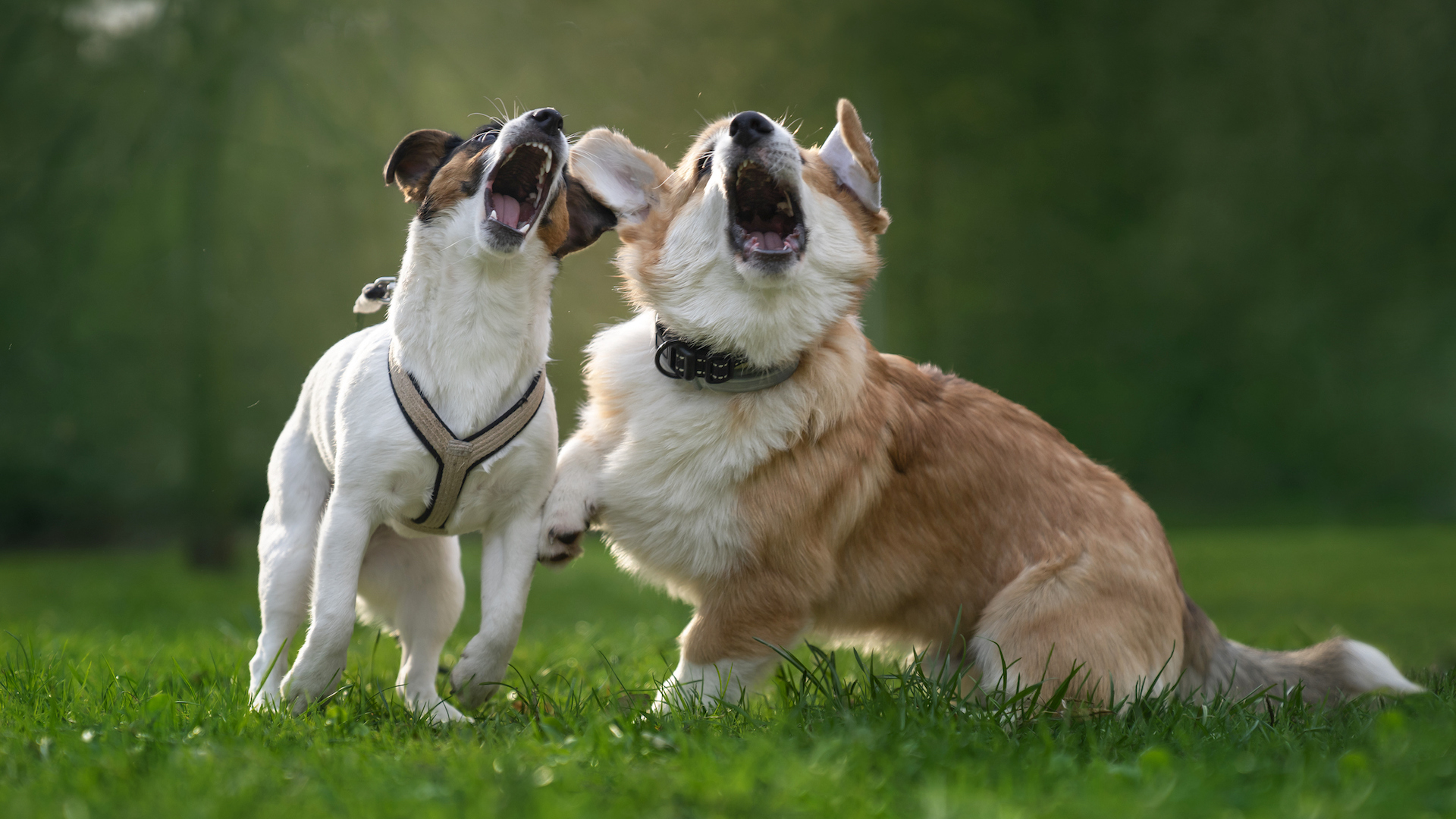
Dogs typically begin to make a noise from around two to three weeks of age but this depends on their breed and personality. By seven to eight weeks, these little grunts and whines will develop into something resembling a bark – though it may take four months. And some dogs never bark at all.
There’s also whining, growling, and howling. Bear in mind that typically a noisy pup turns into a noisy dog.
24. Interaction with other pets
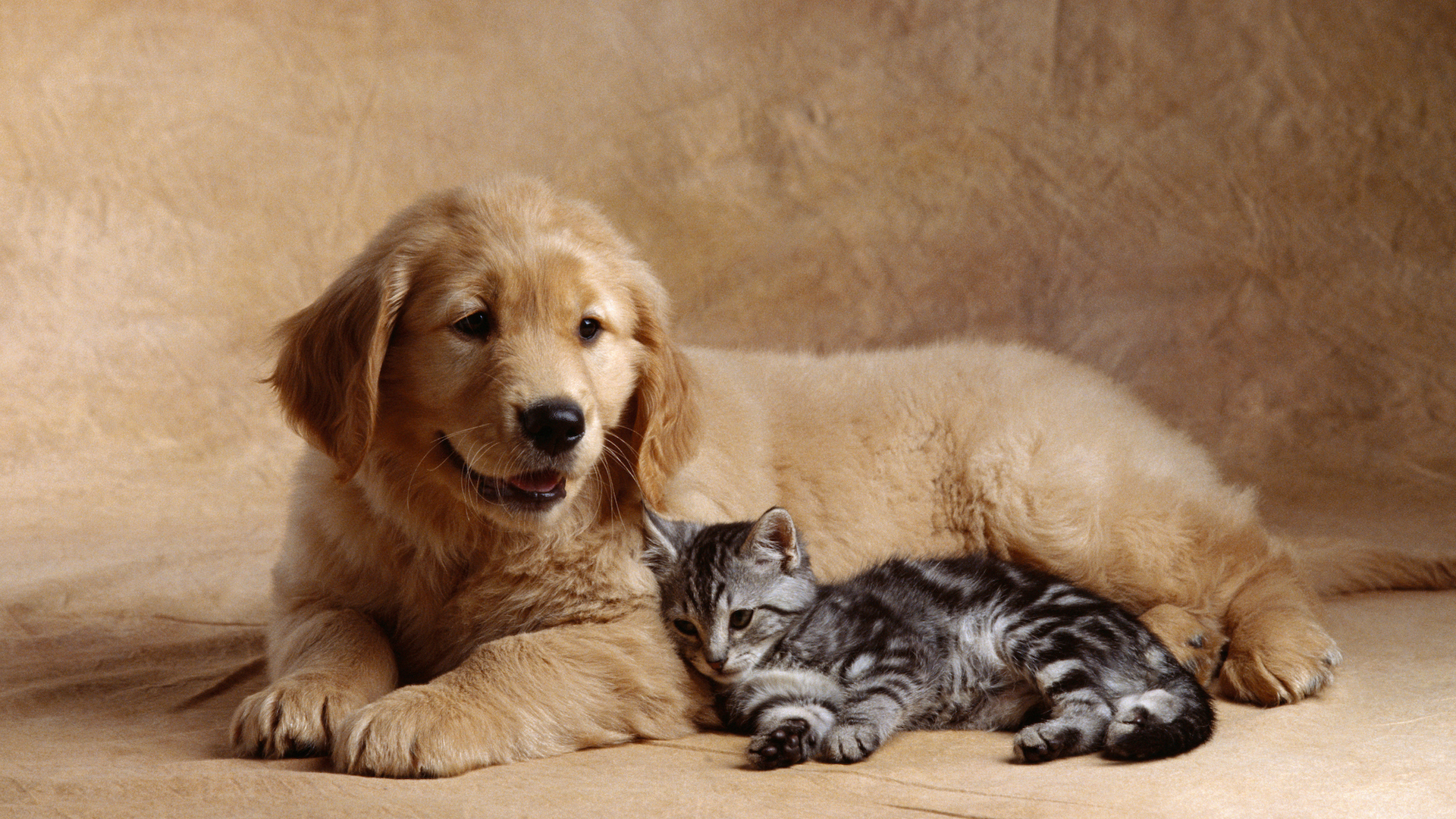
Puppies may be more exuberant and curious than adult dogs when it comes to meeting new dogs – or other animals. They may not understand that a small pet animal, for example, a hamster, is part of the family, so this needs training.
Dogs tend to understand social dynamics better and so are more likely to act in a self-composed way, “reading the room” better. They also may be more wary than puppies depending on past experiences.
25. Destructive behavior
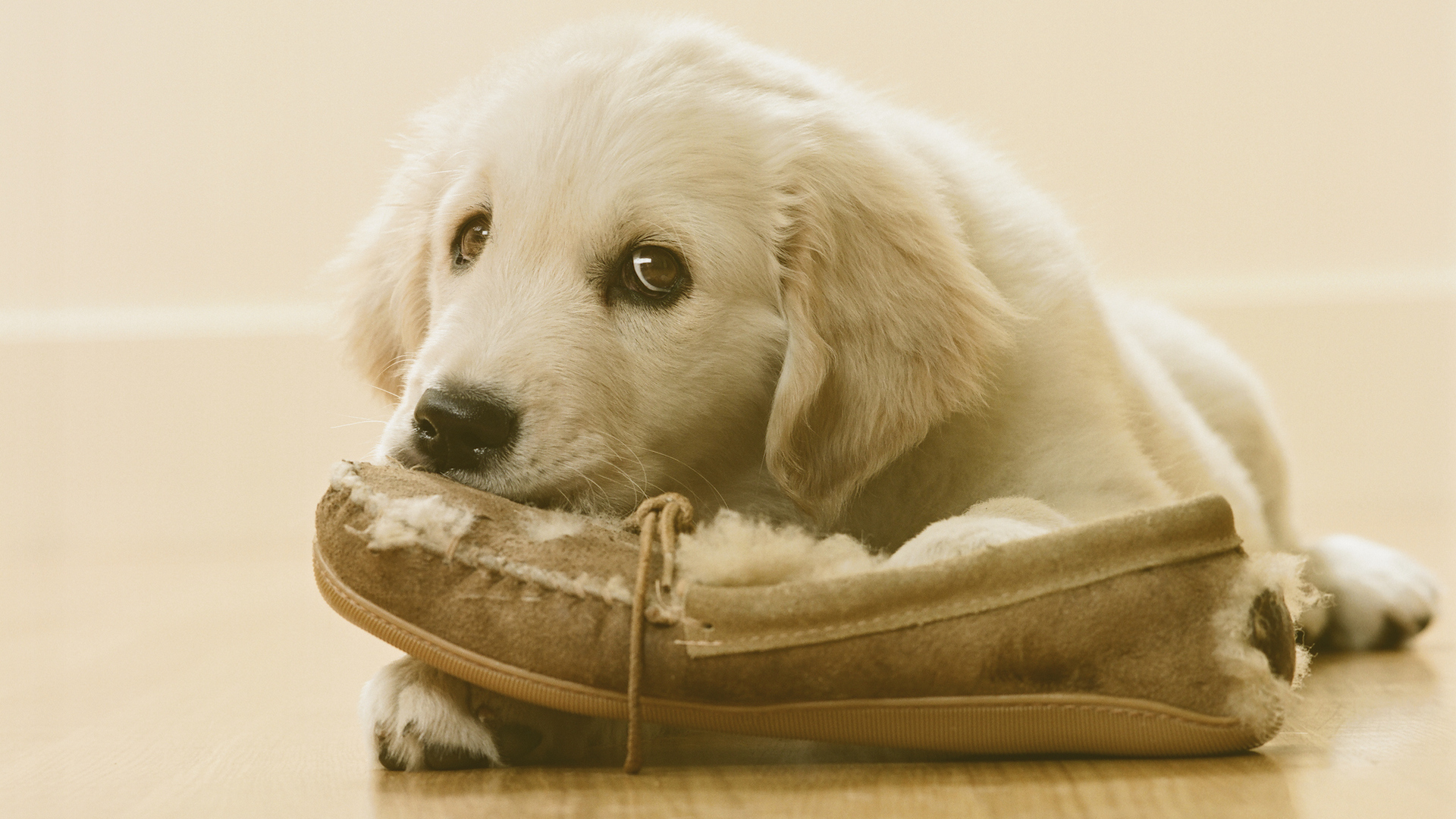
Puppies may be a bundle of joy, but they cause chaos! Most puppies grow through a destructive phase, whether it’s a physical desire to chew due to teething or generally testing the boundaries.
The intense phase of chewing everything in sight tends to diminish after the adult teeth have grown by around six to eight months, but it may continue and require more persistent training.
Occasionally dogs that suffer from separation anxiety may resort to destructive behavior, but it is more common in puppies. Most adult dogs are not destructive – whereas most puppies leave some degree of destruction in their wake!
26. Social hierarchy
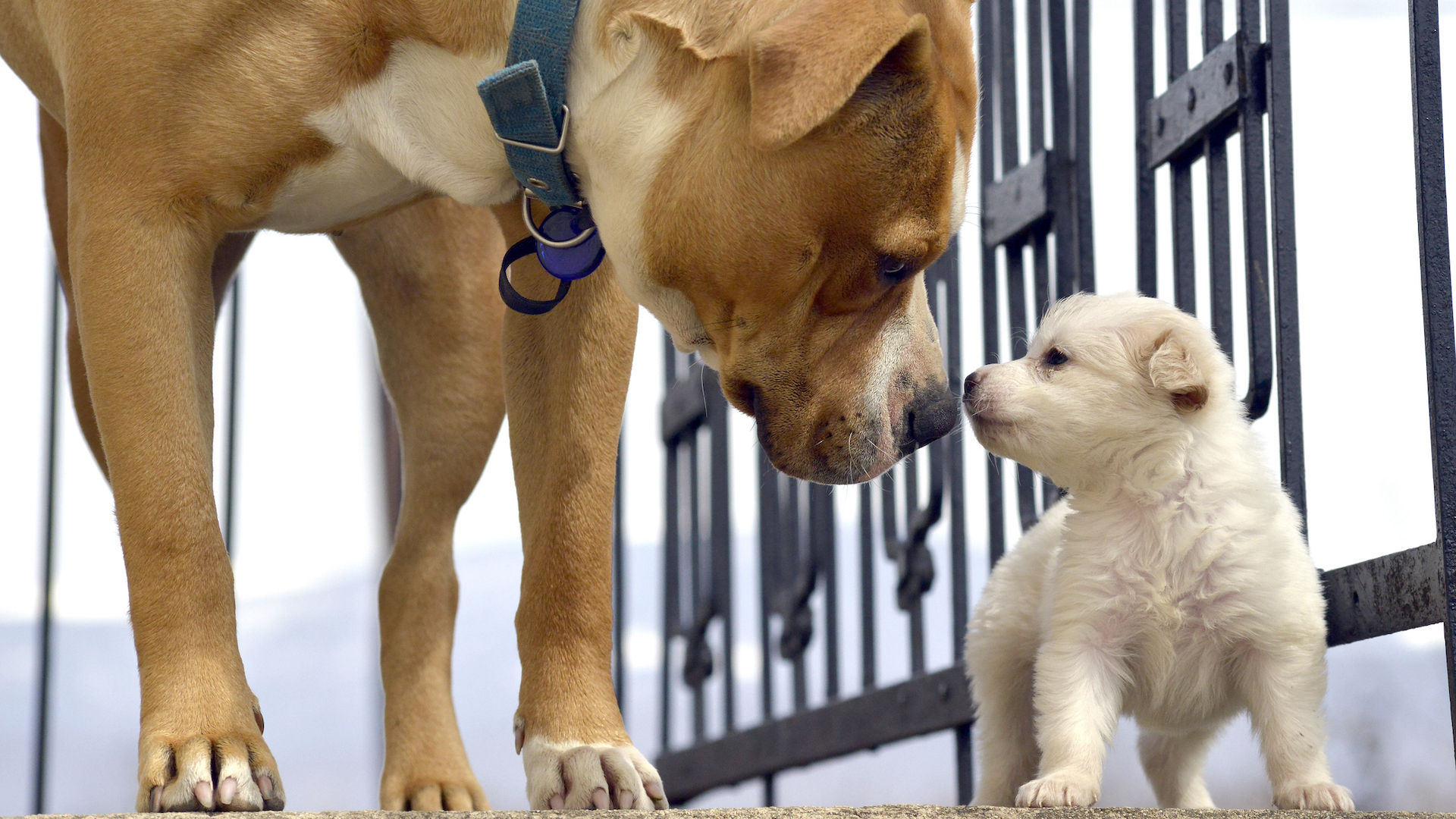
An adult dog tends to know his place within the household or family unit, as well as being able to assess quickly where it stands in relation to other dogs. A puppy is more curious, testing the waters as it works out both human and canine cues and where it fits into any established hierarchy.
27. Response to commands
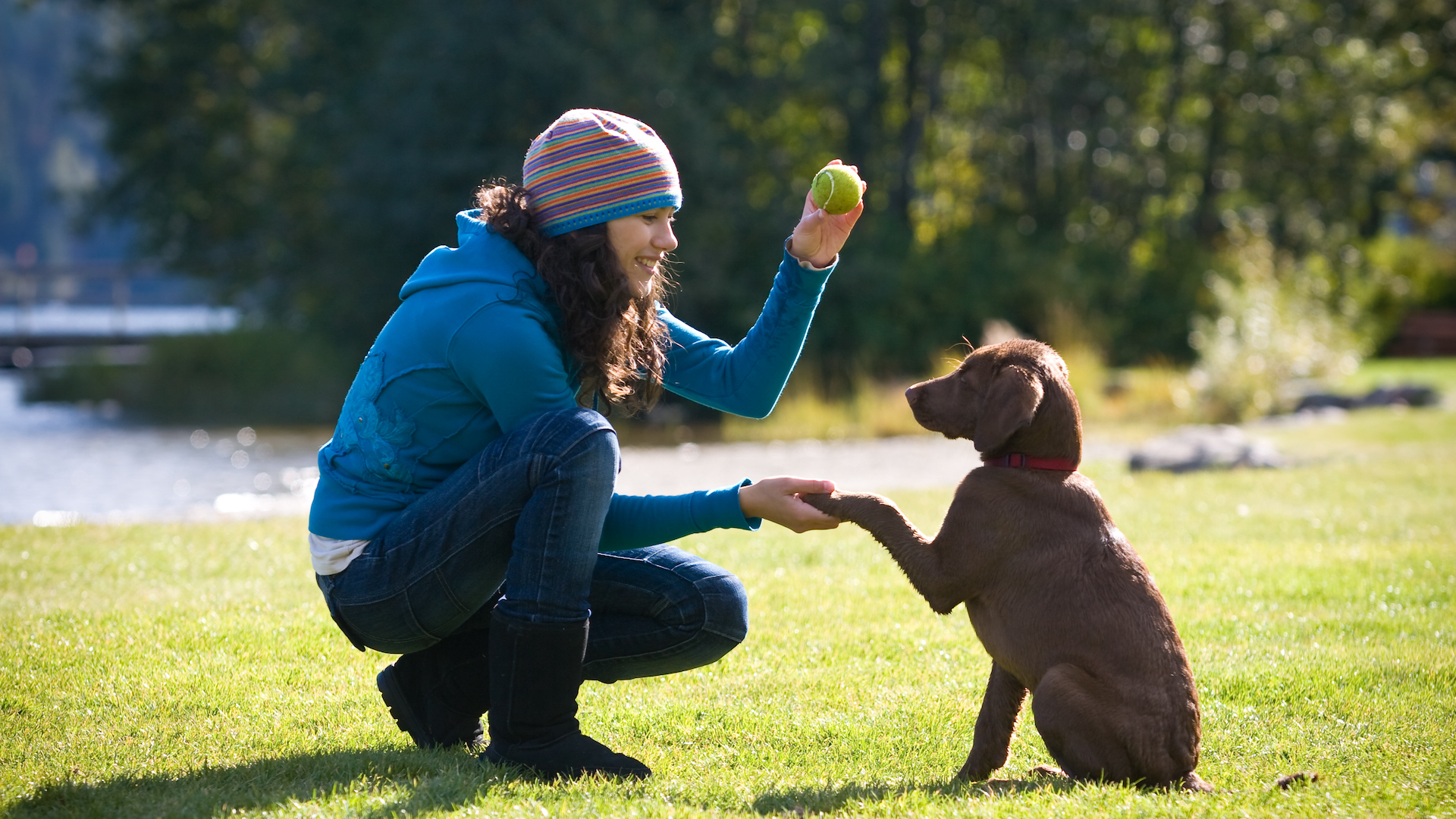
Some dogs learn quicker than others. But, depending on the quality and consistency of training, a puppy is a blank canvas for teaching commands.
A well-trained adult dog will respond well to more complex commands and may be able to perform many tasks. A puppy is learning, and will only be able to focus for very short spells on simple commands. Even when the puppy appears to have learned a command, they are easily distracted, while for an adult dog certain trained behaviors should be ingrained.
28. Medical considerations
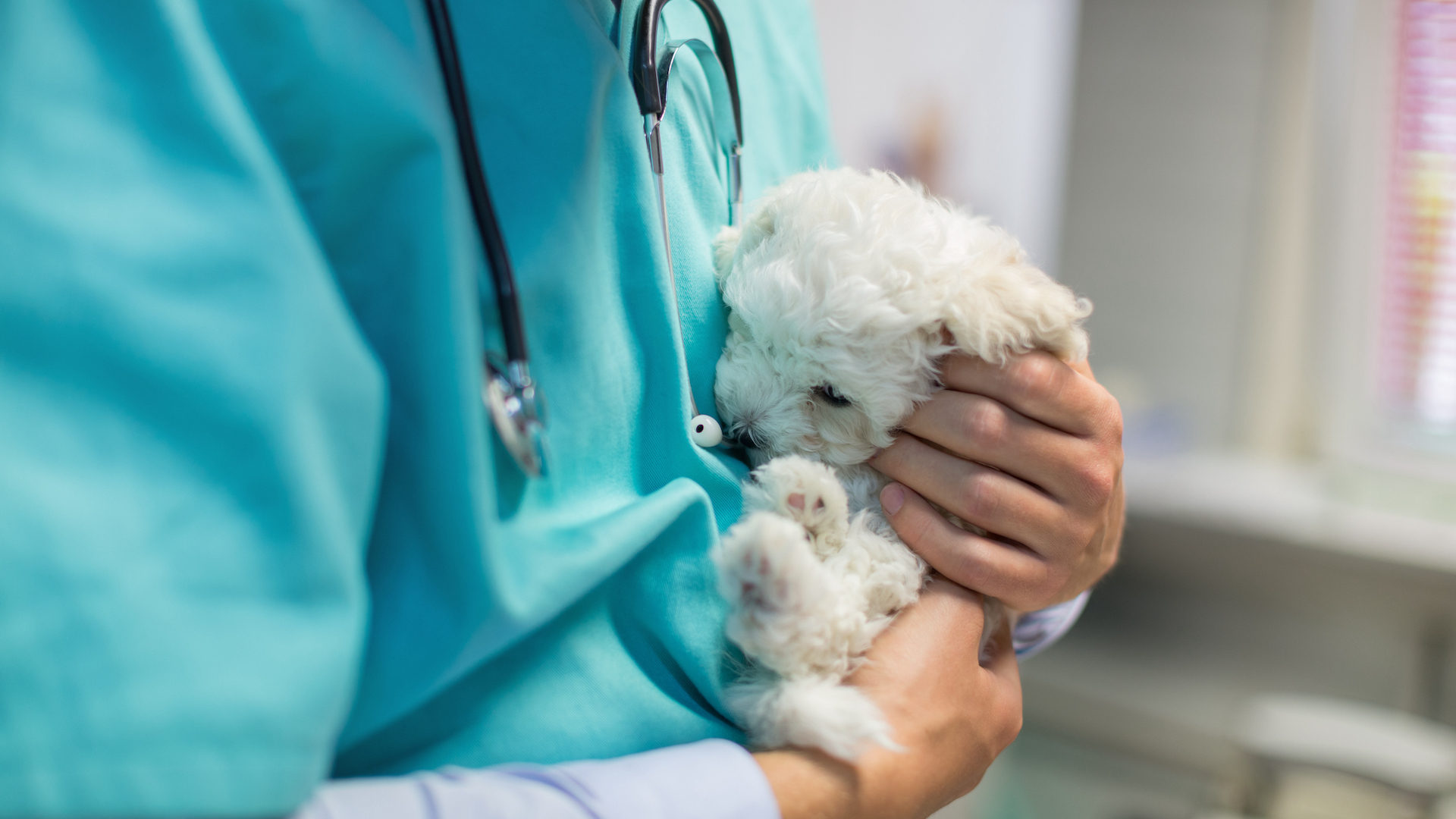
Puppies have a series of visits to the vet written in their calendars, chiefly a string of puppy vaccinations and early health checks, and potentially spaying or neutering.
And adult dog’s health needs differ in that they just have their annual boosters and health checks, but they may have age-related conditions that need monitoring or treatment, such as joint pain.
29. Cuddliness
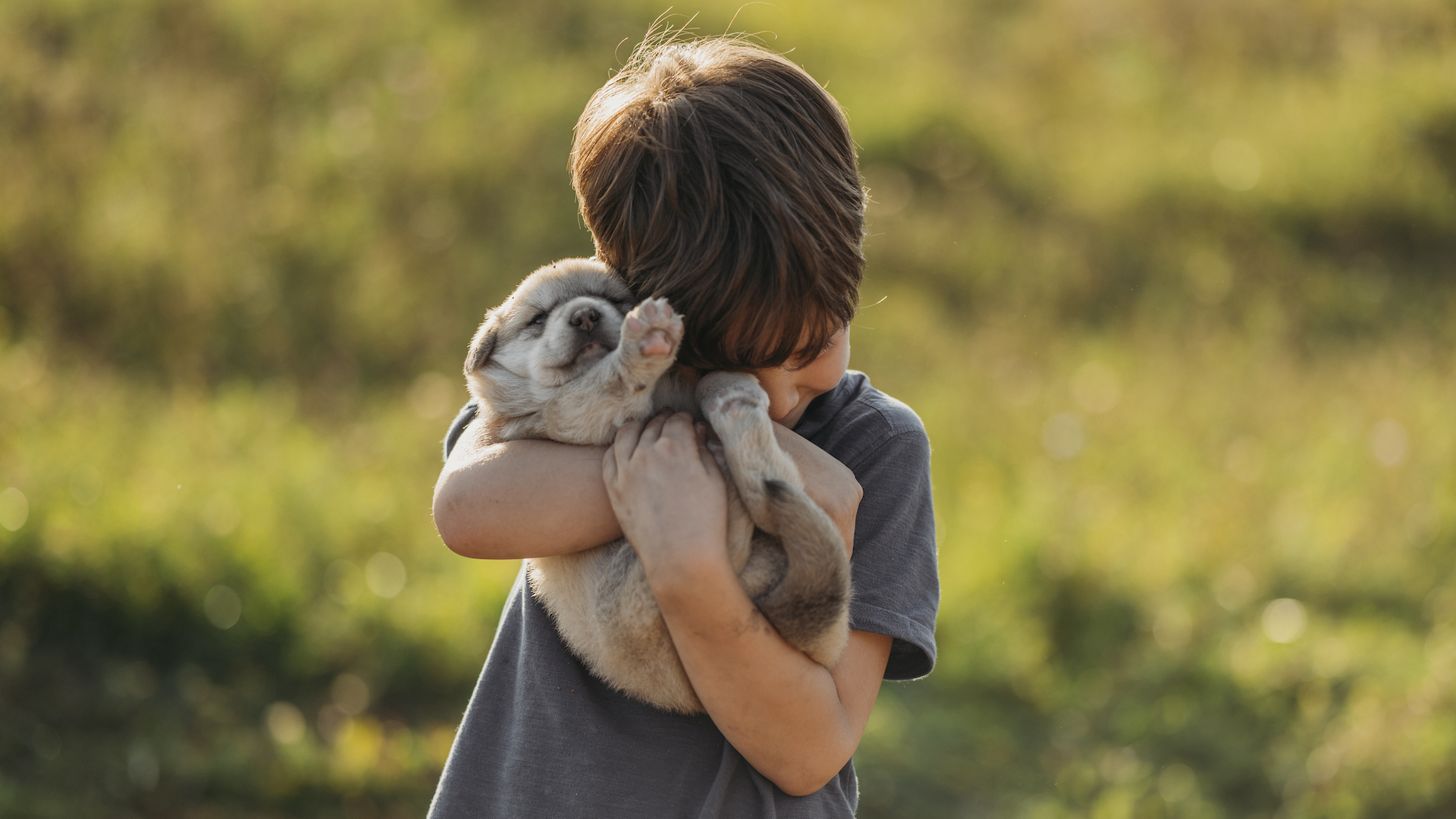
Puppies, not long out of the warmth and comfort of their litter, tend to crave snuggles more than older dogs. Of course, they are also particularly appealing, soft and fluffy, and easier to carry – so cuddles are all the more likely.
While some older dogs are still cuddly, they are often too large to be picked up and they don’t tend to be as insistent on physical contact.
30. Risk of injury
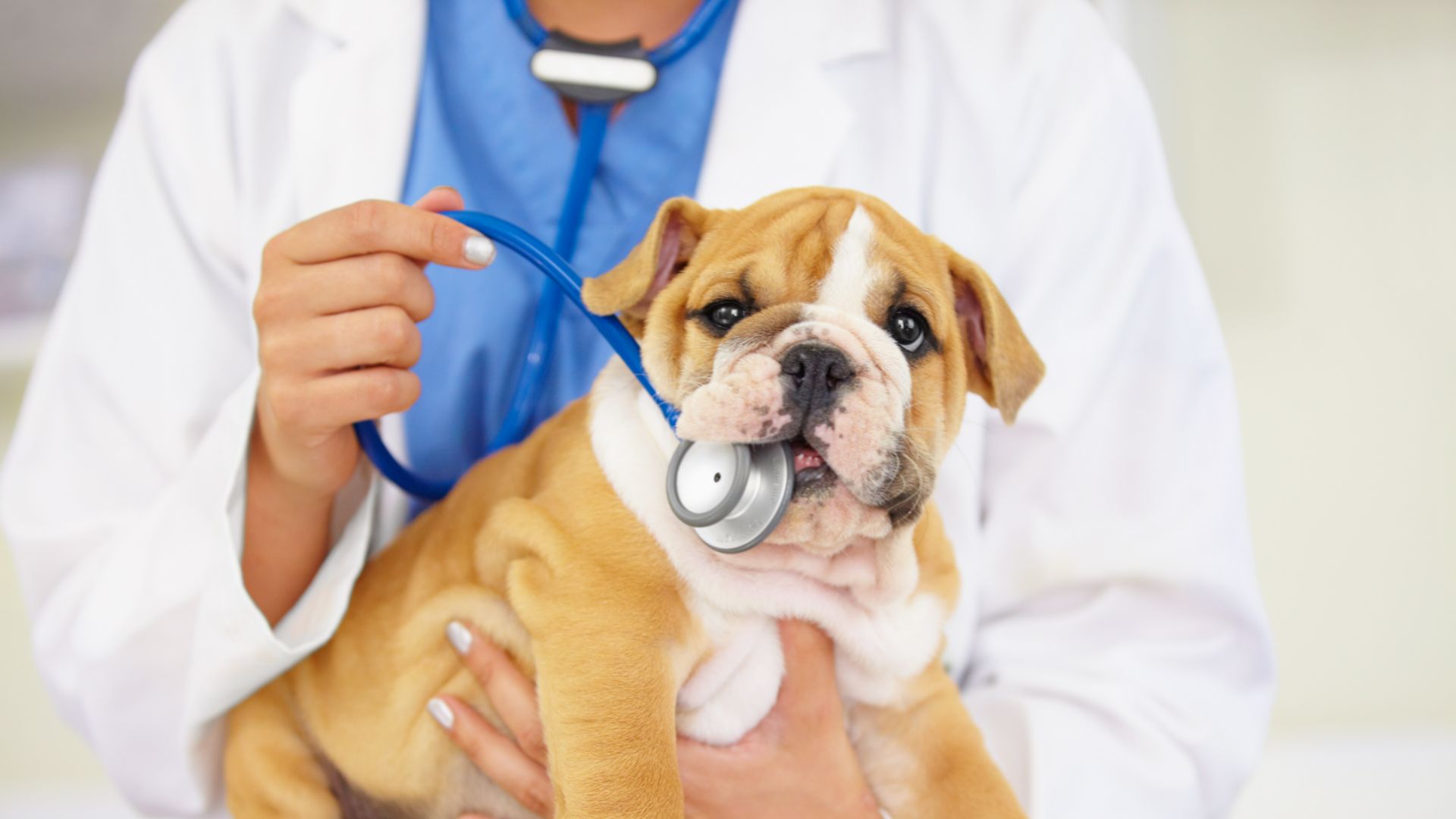
According to insurance company ManyPets, puppies are a lot more accident-prone than adult dogs. Accidents account for 22% of puppy claims, more than twice as much as for adult dogs.
Their exploratory nature and sometimes their lack of awareness of their growing limbs means they don’t have the same sense of preservation as older, wiser dogs.
31. Appeal
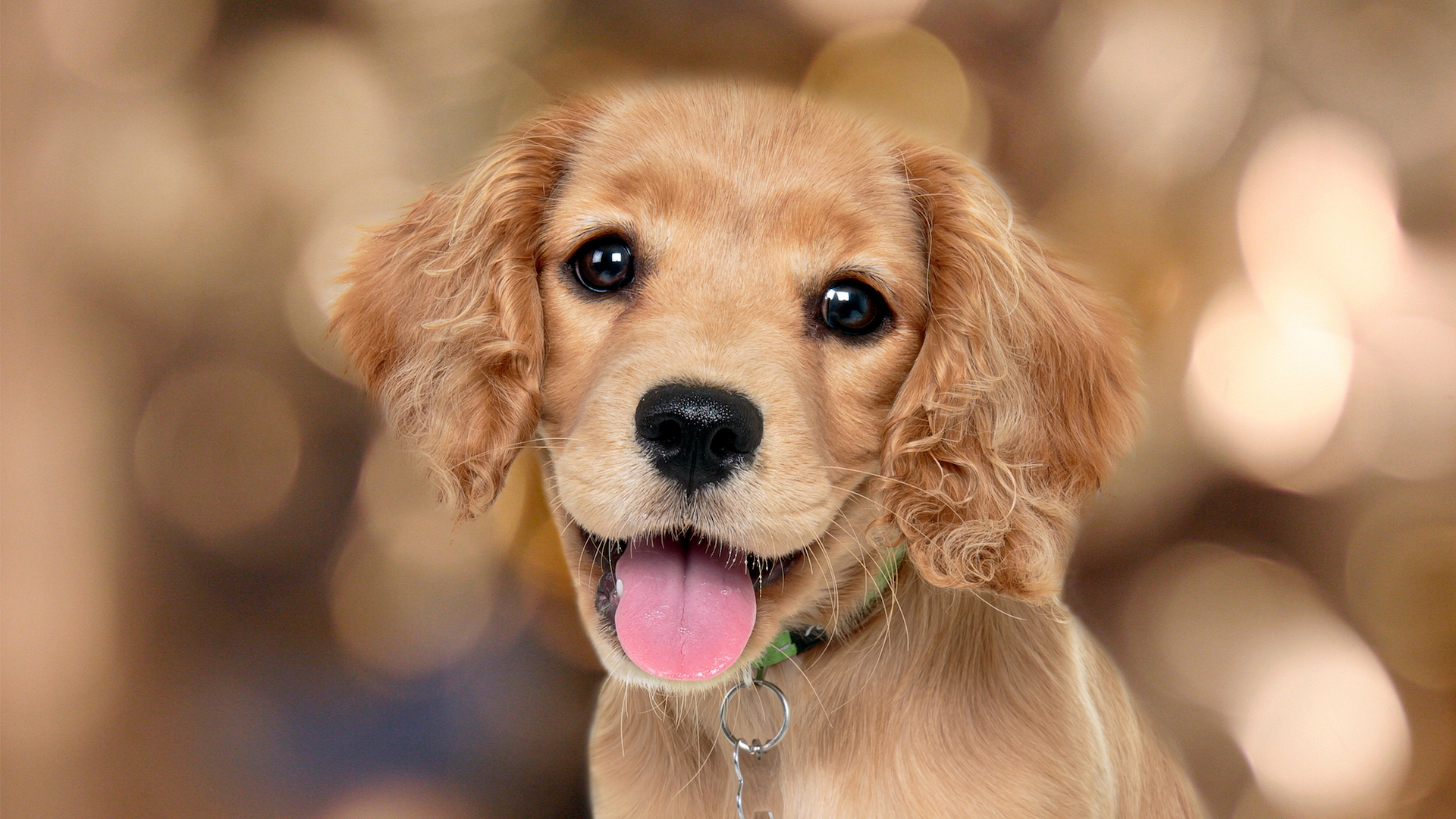
There is little more coo-inducing than a new puppy. People will stop you in the street, smile at your little bundle of fluff, and strike up conversations with strangers just to ask them about their adorable baby dog.
However, a puppy doesn’t lose its appeal at all as it grows up. The bond between owner and dog deepens and strengthens the more you get to know and trust each other. Perhaps strangers may find the little pup especially appealing, but a close relationship between a loyal canine friend and a devoted human is most precious of all.
32. Daily routine
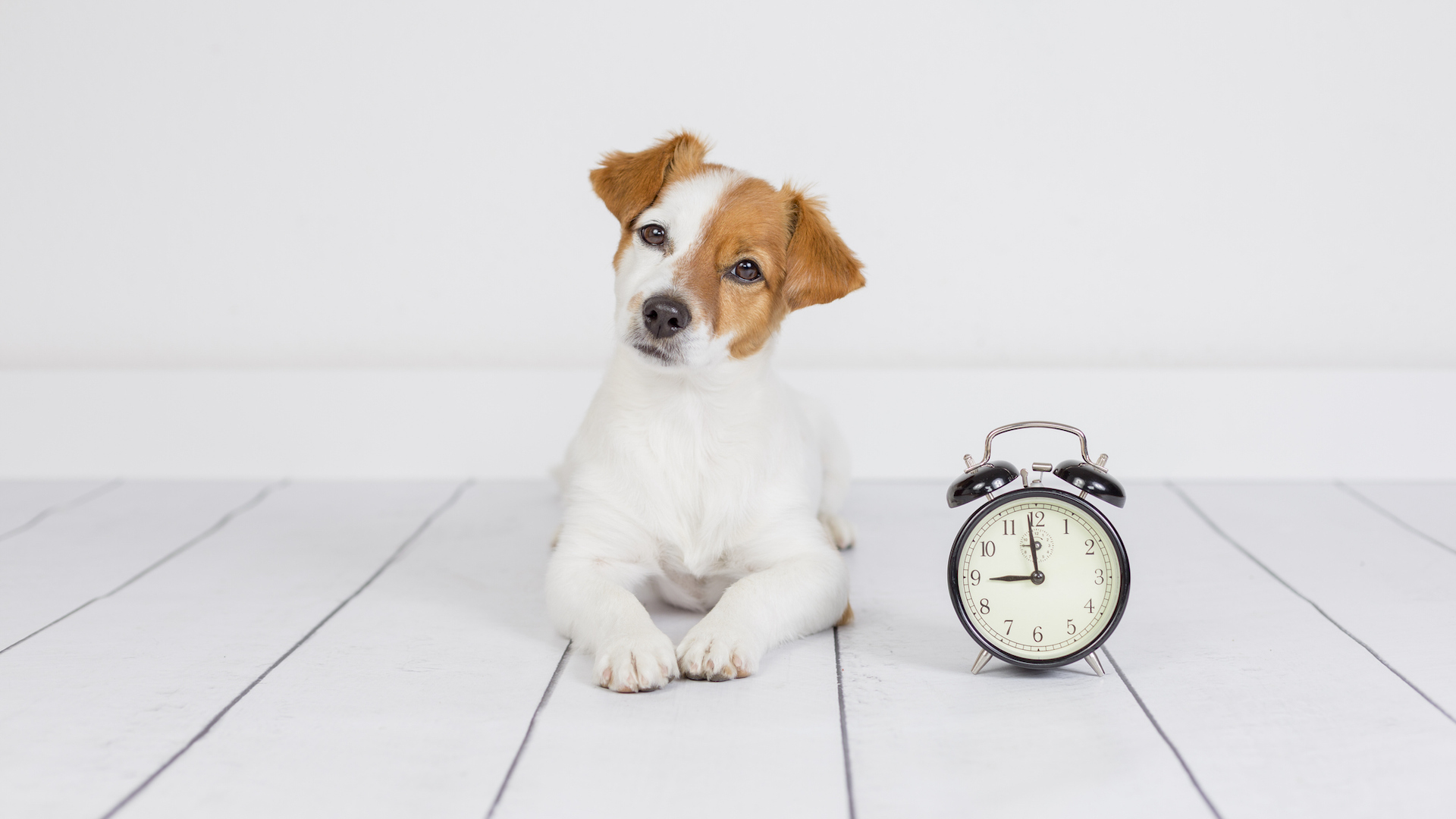
To set boundaries, form a trusting relationship, and teach a puppy what they can expect and when from you as the owner, a structured daily routine is reassuring. It helps them settle into their new home, and they will gradually learn to expect when they will be fed, be let out to do their business, play, and nap. While they are young, this is particularly important that their days are calm and like clockwork as they will learn important skills like house-training more easily.
Setting up good, consistent habits is key, because a well-trained, contented adult dog is more adaptable. Because they are confident that they will be fed, let out, exercised, and so on, they can cope with a bit more flux in the routine and wait more patiently.







